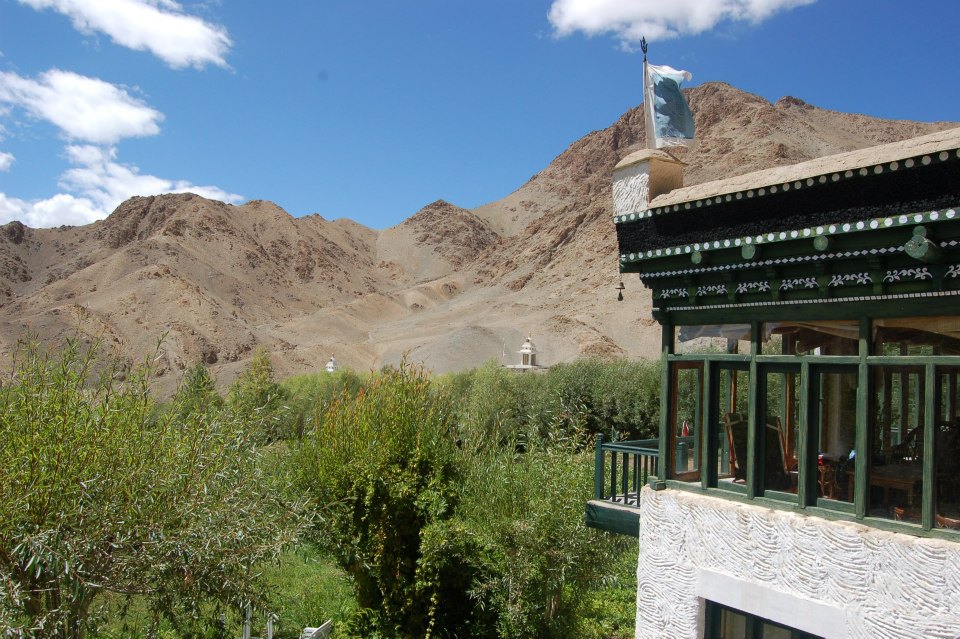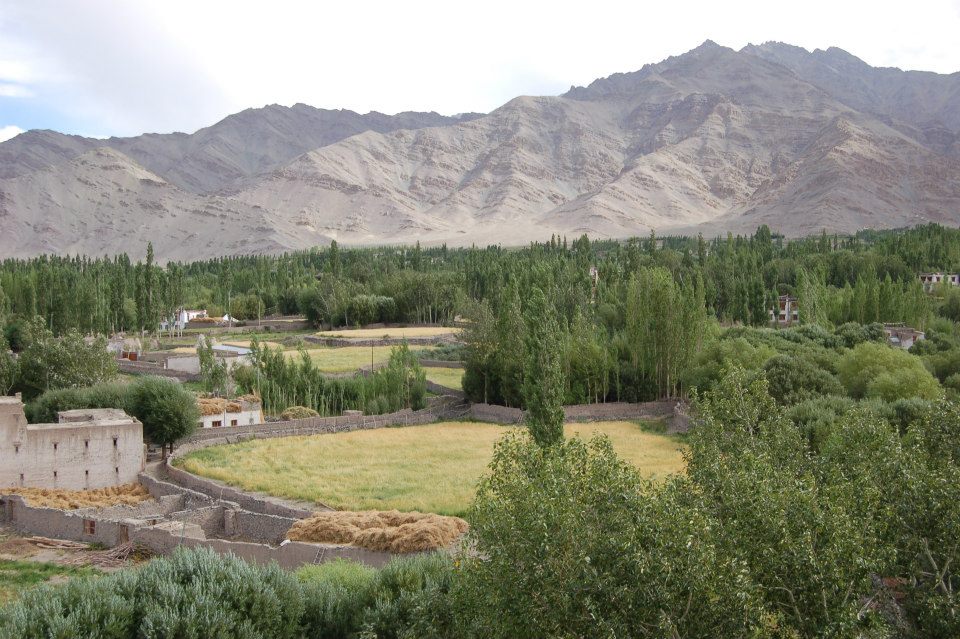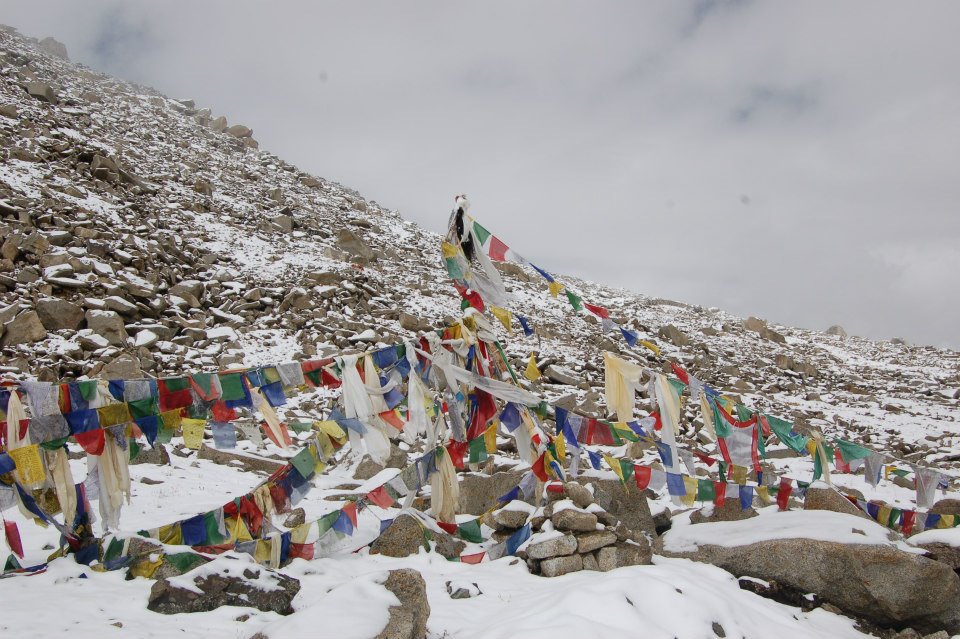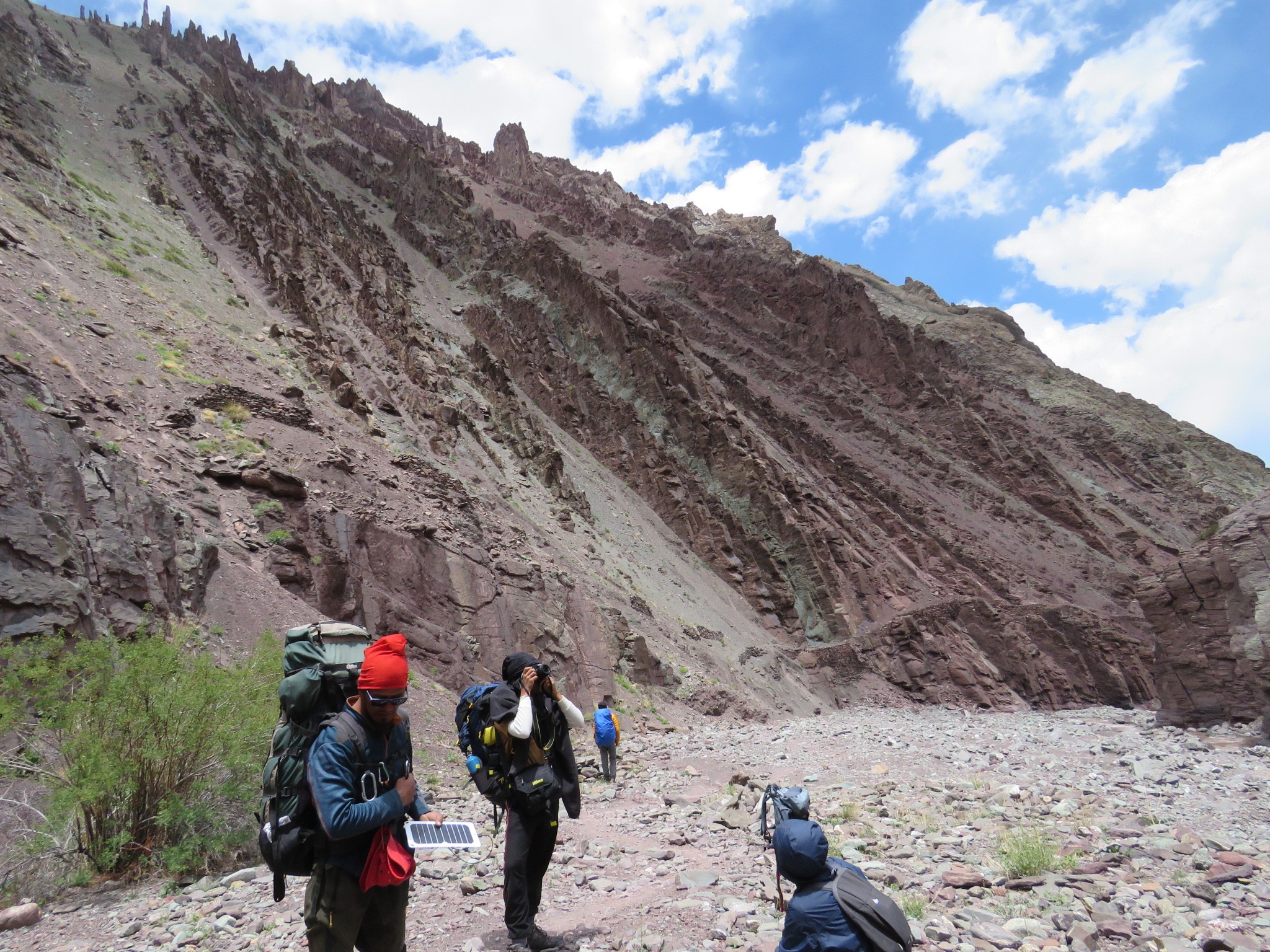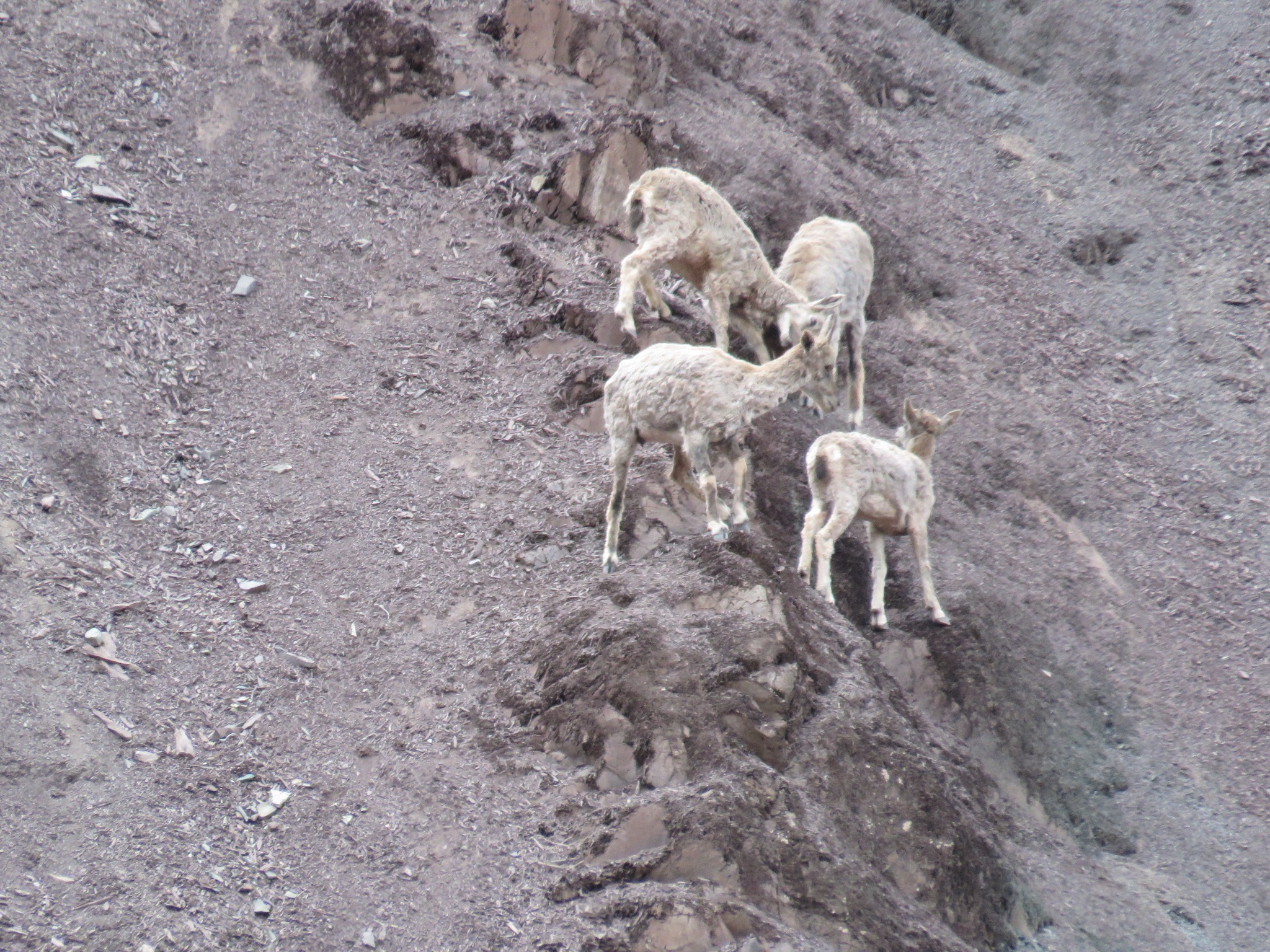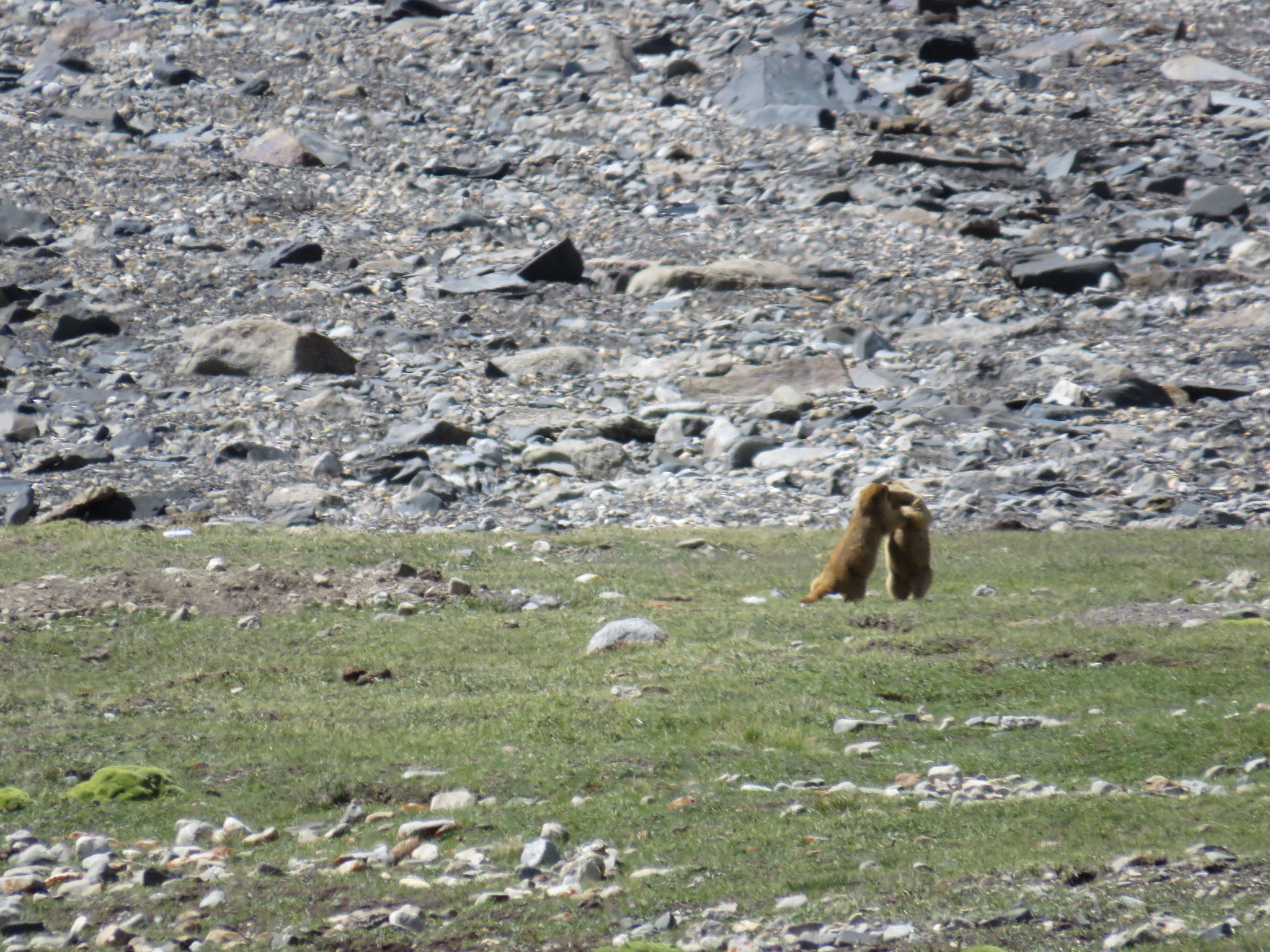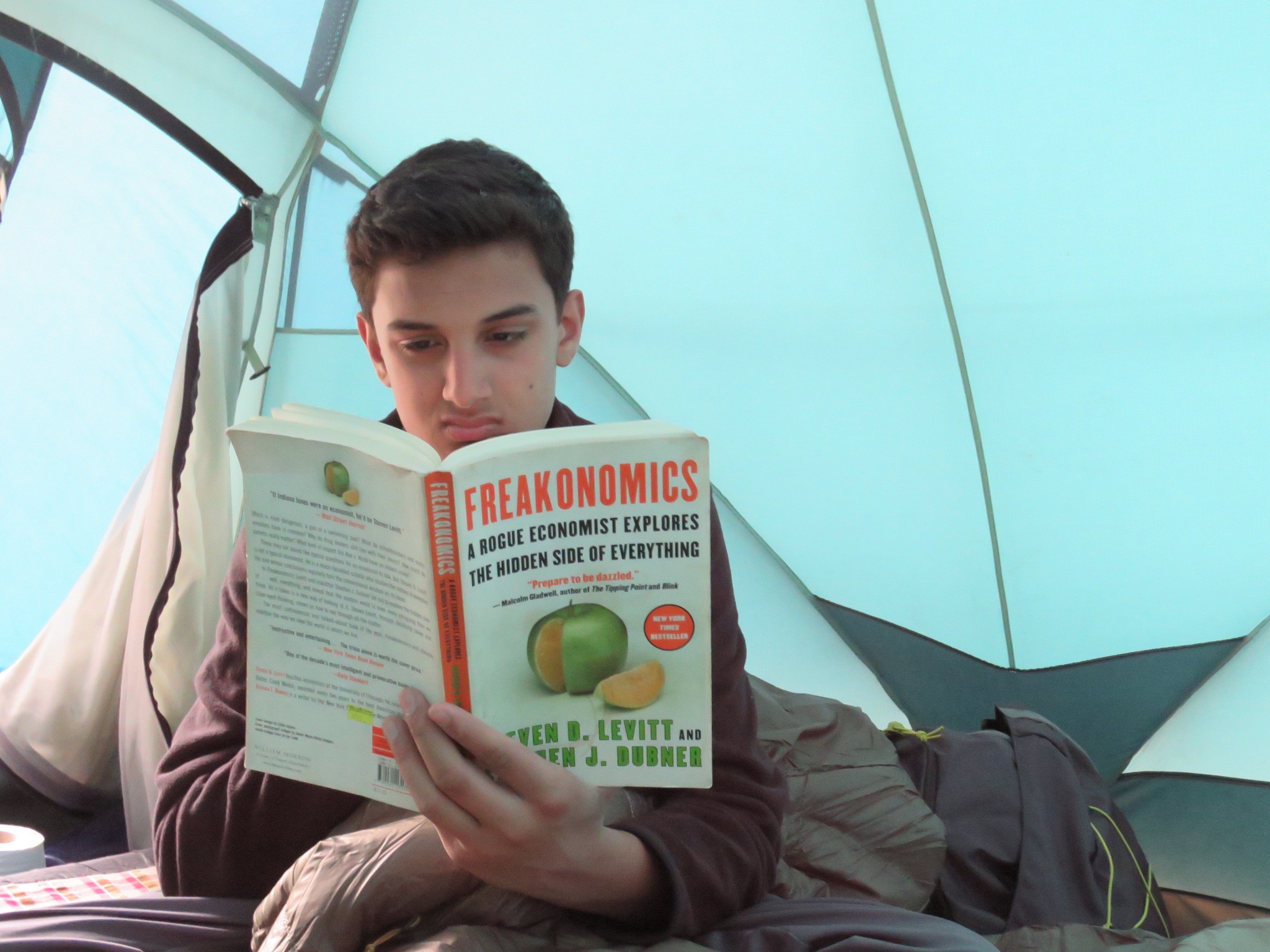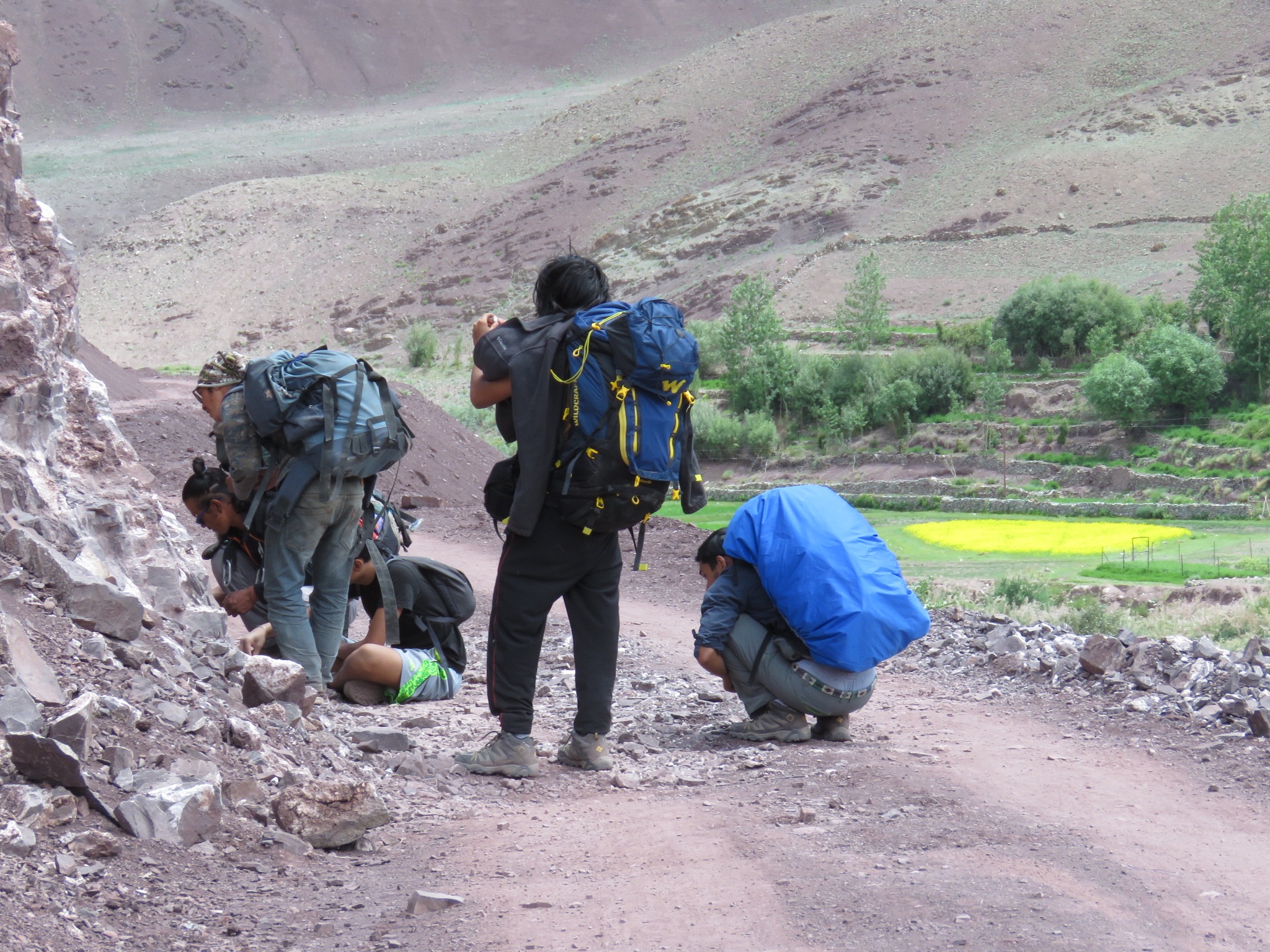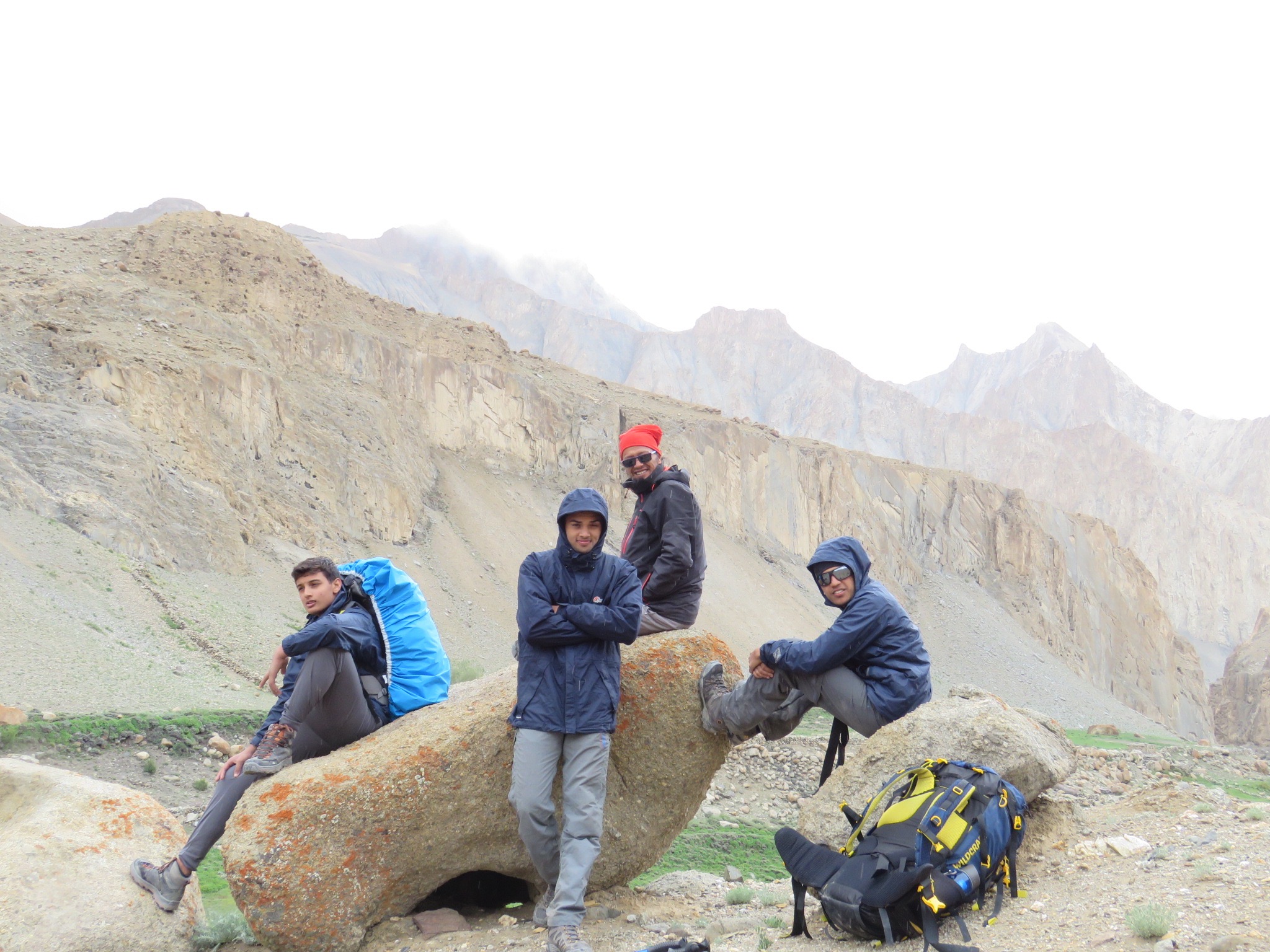The flight touched down at Guggal (what a name!) and I stepped out with some trepidation. All around was a smokey haze. Previously I was in Dharamshala in 1992. The memory that had stayed with me was the majesty of the Dhauladhars hanging low over Dharamshala and McLeodganj. I had never before or since seen a Himalayan range so close at hand.
 (Somewhere in the background are the Dhauladhars which were earlier always so “present”……)
(Somewhere in the background are the Dhauladhars which were earlier always so “present”……)
I had sent many visitors to Dharamshala and always described the Dhauladhars to them…..and yet now 25 years later I couldn’t see them! I panicked! Though I remained seemingly calm and nonchalant for the sake of my fellow Gadabouters. I tried to find within me the wise traveller that I claim to be! Stay in the moment….. Don’t hang on to memories…… Experience the here and now…… etc etc…..
We found our Innova and driver with ease and headed off from Guggal weaving our way through the concrete jungle along the metalled road from Dharamshala to Mcleodganj.
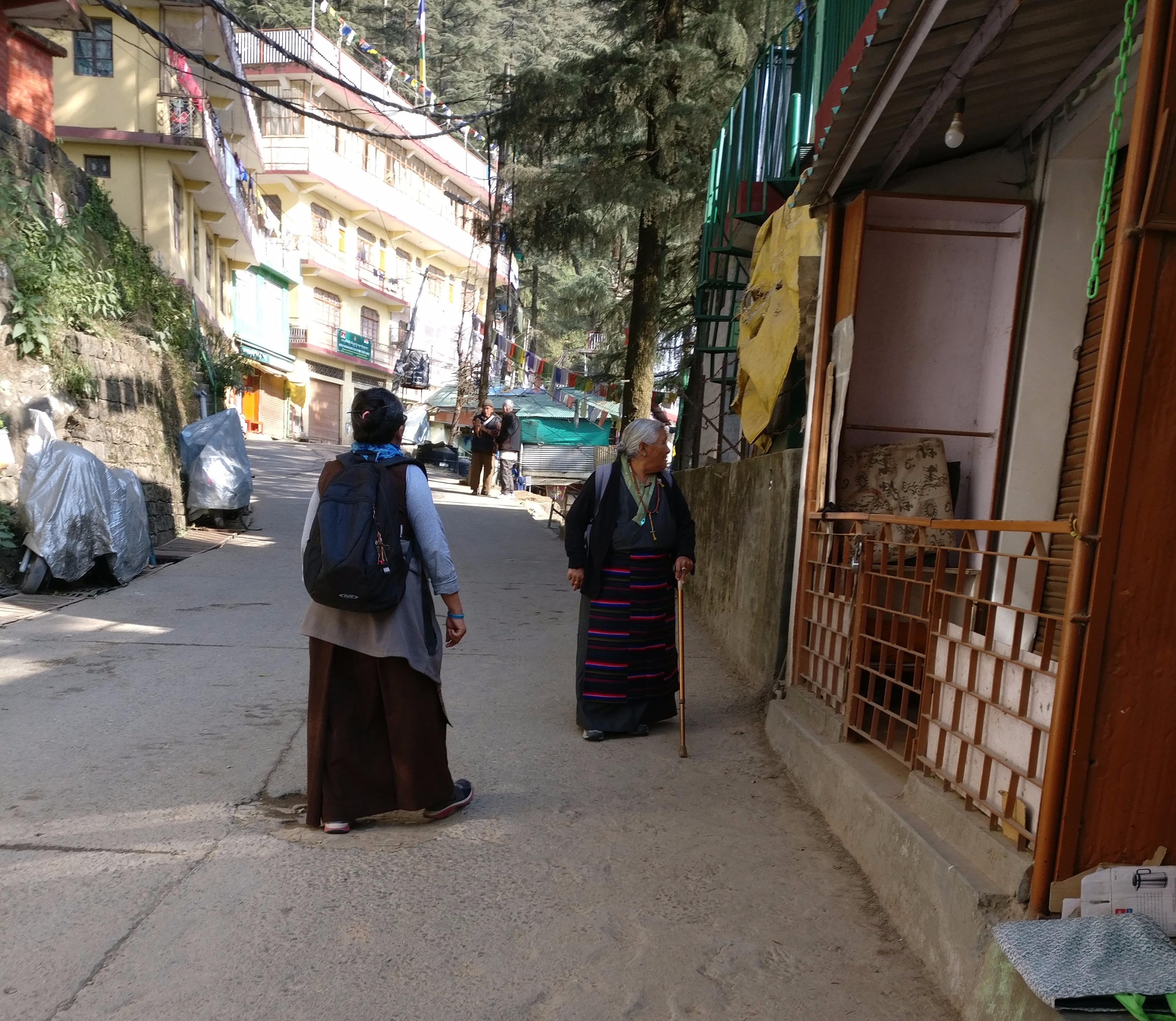
Glenmoor still seems to be the oasis that I had remembered from all those years ago. Set deep in a deodar forest. Its owners have left the forest on their estate well nigh alone and not been hit by the construction mania that the rest of Mcleodganj seems to have succumbed to.
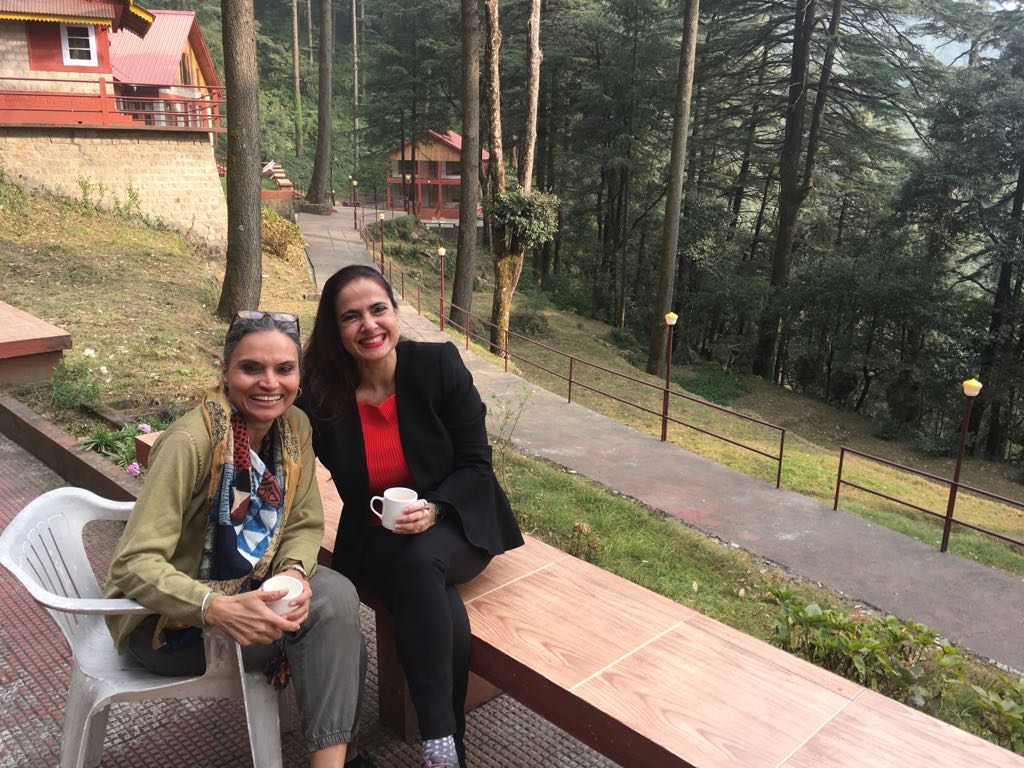
(Glenmoor……..)
We were here to attend the Dharamshala International Film Festival DIFF. As the days went by, DIFF seemed to be one of a few good reasons to visit Dharamshala. My nostalgia for my own “film days” came flooding back as we went from one viewing to the next and the next and the next. We watched at least 3 films a day and sometimes four. It was a complete immersion. It was a never ending feast of mostly very good films. DIFF is now into its 6th year since its inception and is well established. The venue for the festival was the Tibetan Children’s Village, TCV, which could be approached through a lovely forest walk from Glenmoor. We could not have chosen our lodgings better.

(Rubina and Banda Man Singh vending their way through the Deodar Forest for the Film Festival opening night)
We slipped into an easy routine over the next three days. I discovered that another good reason to visit Dharamshala, apart from the Film Festival was the numerous bakeries and cafes with evocative names such as : Illiterati, Nick’s Place, Morgan’s Café, Snow Lion, Moonpeak, Lhamo’s Croissant and many others. Between films, we would head off to a different café each time to sample the varied (and often very similar!) menus.
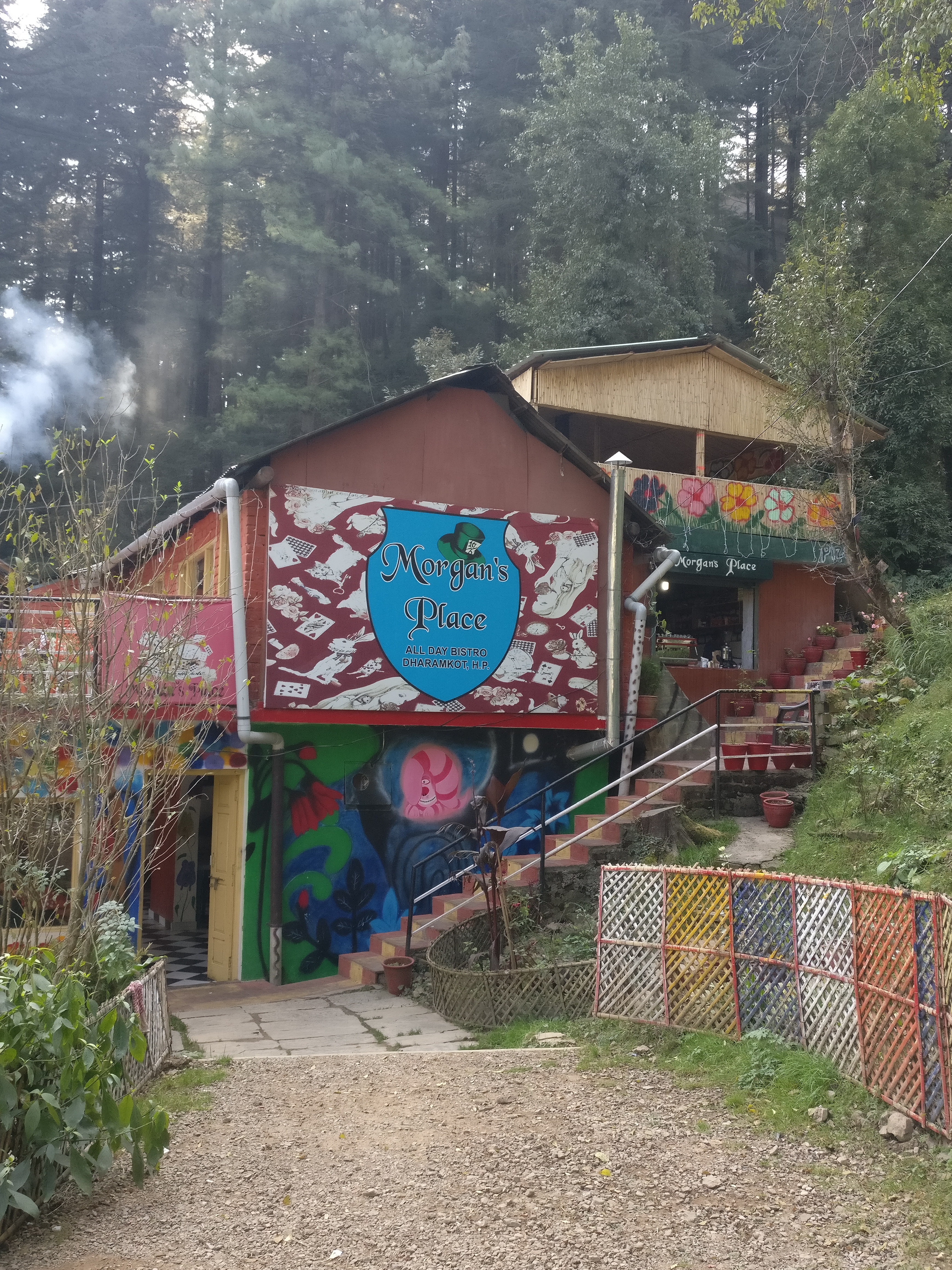
(One of the colourful cafes……)
On two of the four evenings we had dinner with the Film Fest frat and that was enjoyable too. We met up with some actors and directors and an eclectic assortment of residents of Dharamshala.
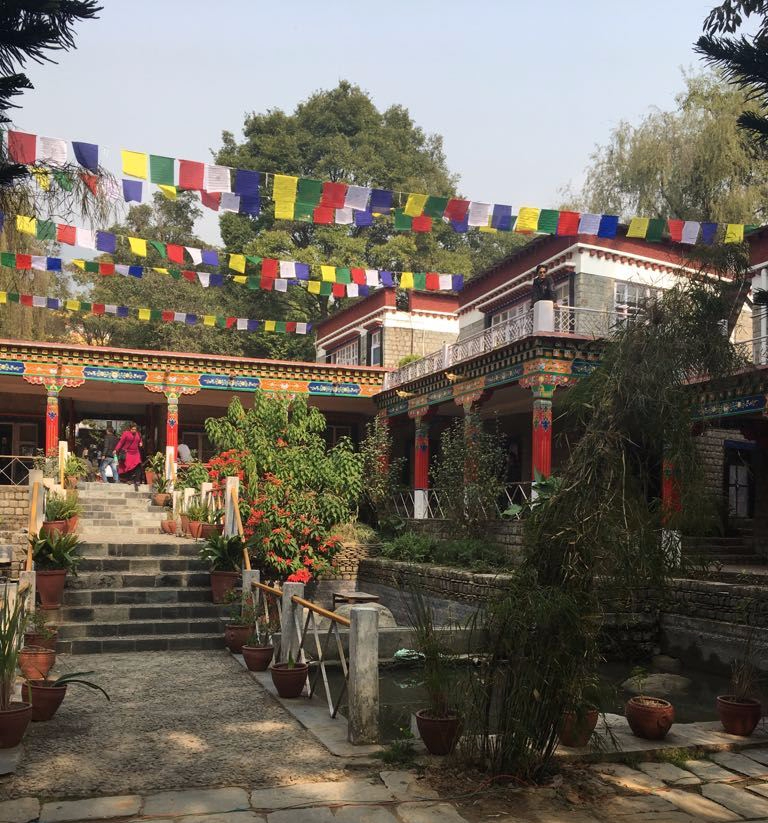
(The Norbulingka Institute in Dharamshala that promotes Tibetan culture, arts and crafts)
Once I left myself open to experiences, I met some fabulous people. On one of the days I had DD Contractor sitting next to me during a film. Introductions had been made already and common friends spoken about. Just before the lights were dimmed in the auditorium, DD turned around and showed me the time on her mobile phone. It was 10:01. She said she loved symmetry! She was thrilled to see that number on her mobile at that very moment! And I was just as thrilled that she shared it with me. On another evening while walking between one auditorium and the other in the TCV, we were beckoned by a teacher to follow him through a short cut. We got talking with Gyalpo and he told us that he had fled Tibet 30 years ago and had not seen his parents since. He was teaching Science and Math to the primary school children at the TCV and just like him there were children there who had not met their parents since leaving Tibet. The school has resident students from all over the Himalayan belt and most of the 1000 residing there have a connection with Tibet.

(Rubina in conversation with a Tankha Artist at the Norbulingka)
On another day while lounging at a cafe between films, the owner came across to tell us that the Dalai Lama would be passing by the café soon, incase we wanted to see him. Of course we did! We rushed outside to stand at the side of the road and soon enough we heard the siren of the Dalai’s pilot jeep followed by his SUV with him sitting in the front next to the driver. He raised his hands in blessing as he drove passed. And it seemed like he might have seen us and actually blessed us all individually. On another day while waiting between films I met Nyima, a reformed addict of substance abuse who now spends his time counselling substance abusers and is in the throes of setting up the first de addiction centre in Dharamshala. Another special and memorable meeting was with the tall and ethereal Mariko and I hope that she will get in touch in Delhi in between all her globetrotting and transgender activism.
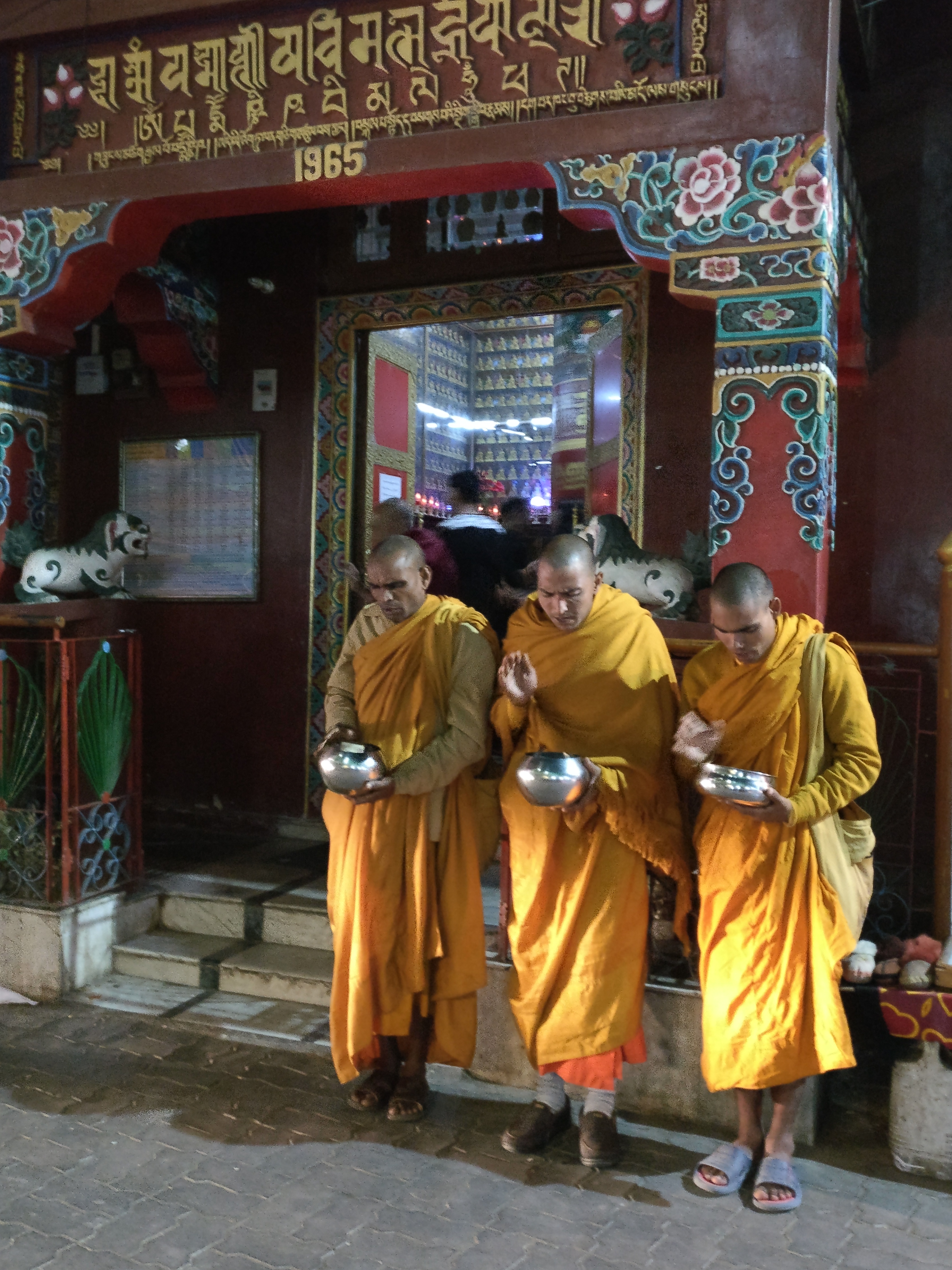
(One evening, memorable chanting by three Buddhist monks, collecting alms outside a temple in McLeodganj…..)
And during the 4 days of watching films and sampling food and having chance encounters with fellow travellers, I also went on a few desperate walks trying to discover bits of McLeodganj and Dharamshala that I had found so special 25 years ago. I walked up to Dharamkot one day and also paid a fleeting visit to the Dalai Lama’s settlement.

(The road to Dharamkot)
I desperately looked all around for the Dhauladhars that seemed like a figment of my imagination. Thankfully I discovered fragments of the images that had stayed with me from all those years ago. I was relieved to know that my experiences and images were not only the result of an overactive imagination. That indeed the images were present only living cheek by jowl with other realities that had been created by the ever increasing population.

(Its there! The Dhauladhars)
The mountains and the forests were there. Only less obviously so amidst the concrete jungle of myriad shops all selling the same Tibetan jewellery and the same funky clothes.
(Everyone lives the Buddhist philosophy in Dharamshala. Even the shop signages are a constant reminder!)
I will come back to DIFF next year in the first week of November 2018. I think that what Ritu Sarin and Tensing, The Directors of DIFF, have achieved is something phenomenal. And while I believe the growth has been organic (as it should be with everything!) DIFF has become something special. And if one has the ability to “slow down” and let oneself be steeped in the Himalayan culture then DIFF and Dharamshala together is definitely an experience to savour.
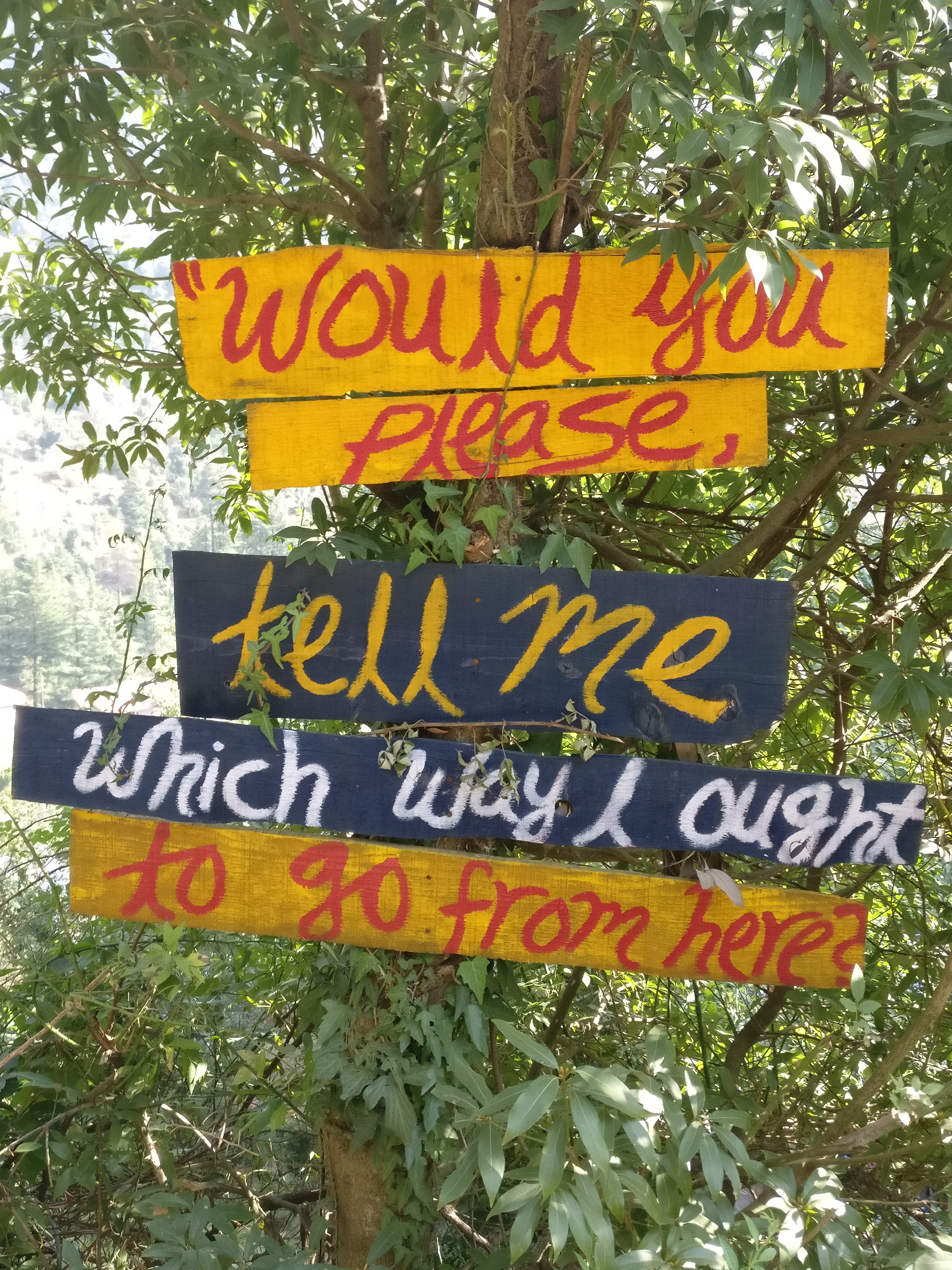
(A question I ask myself every day!…….Alice In Wonderland. These were signages in the forest leading to a cafe)
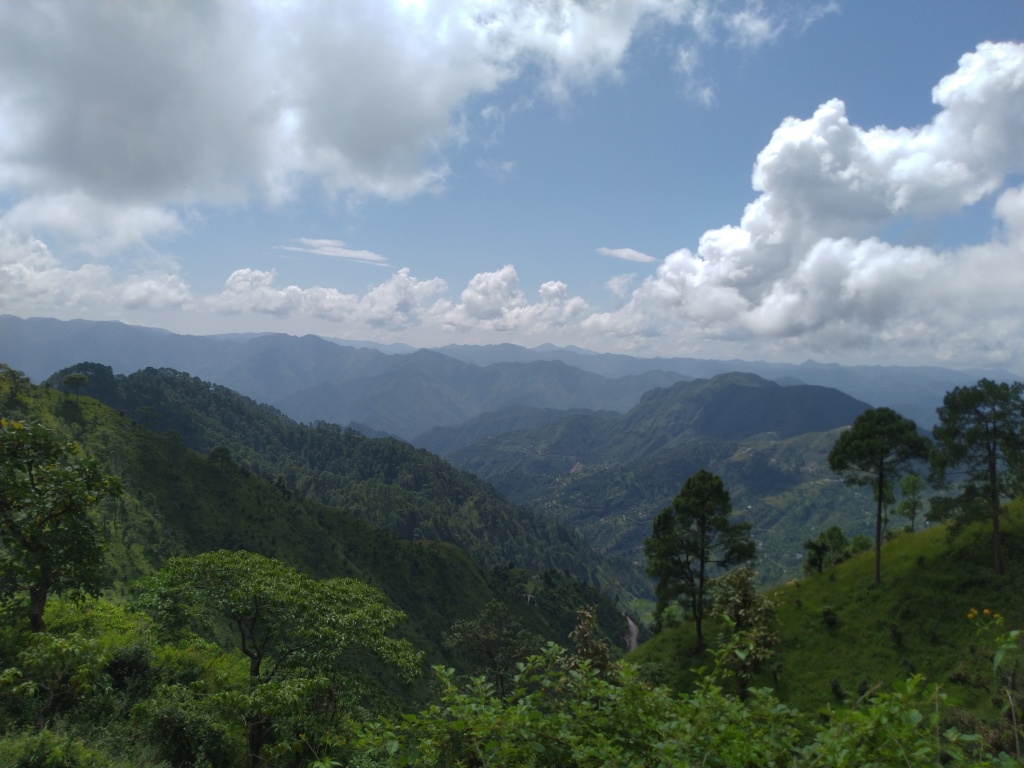
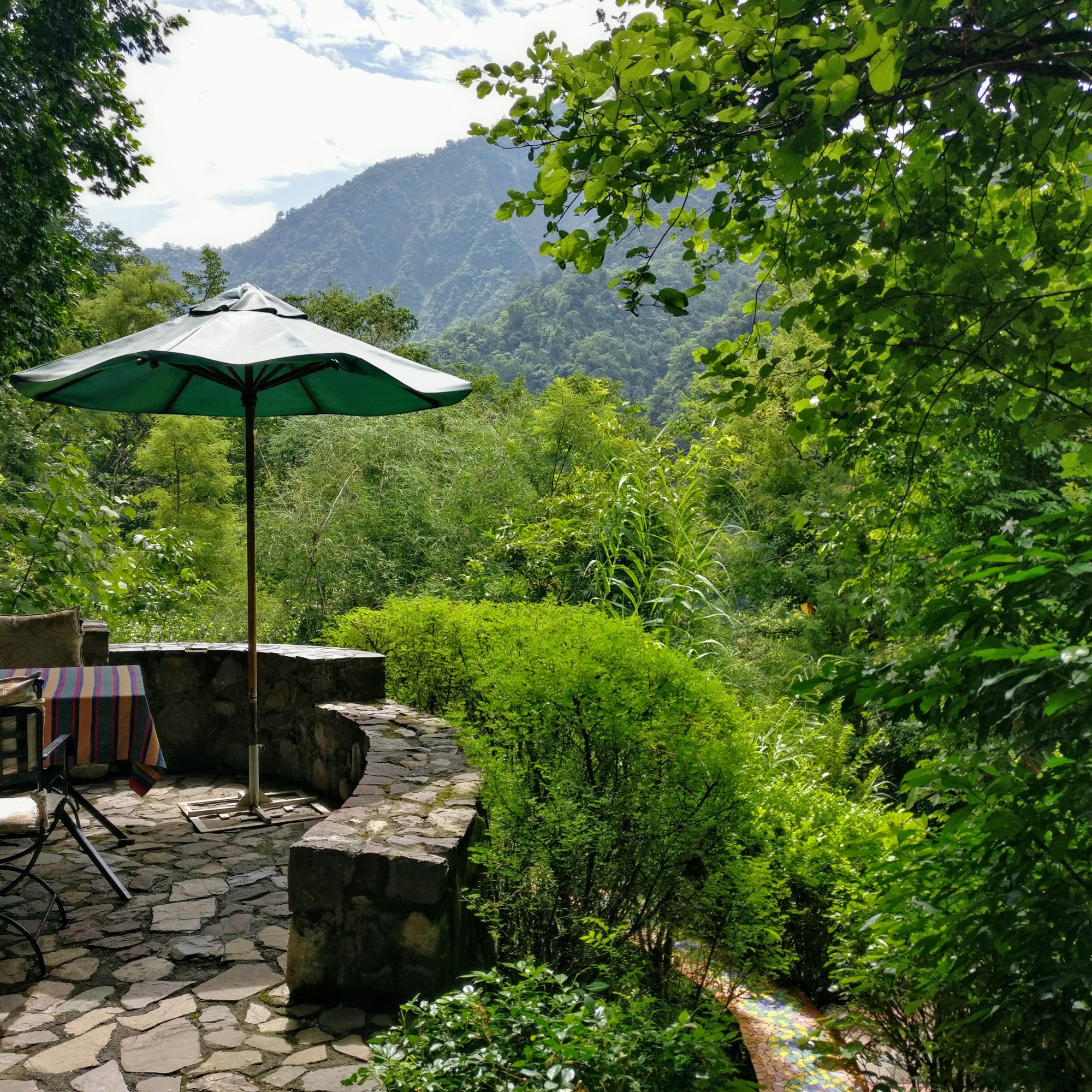
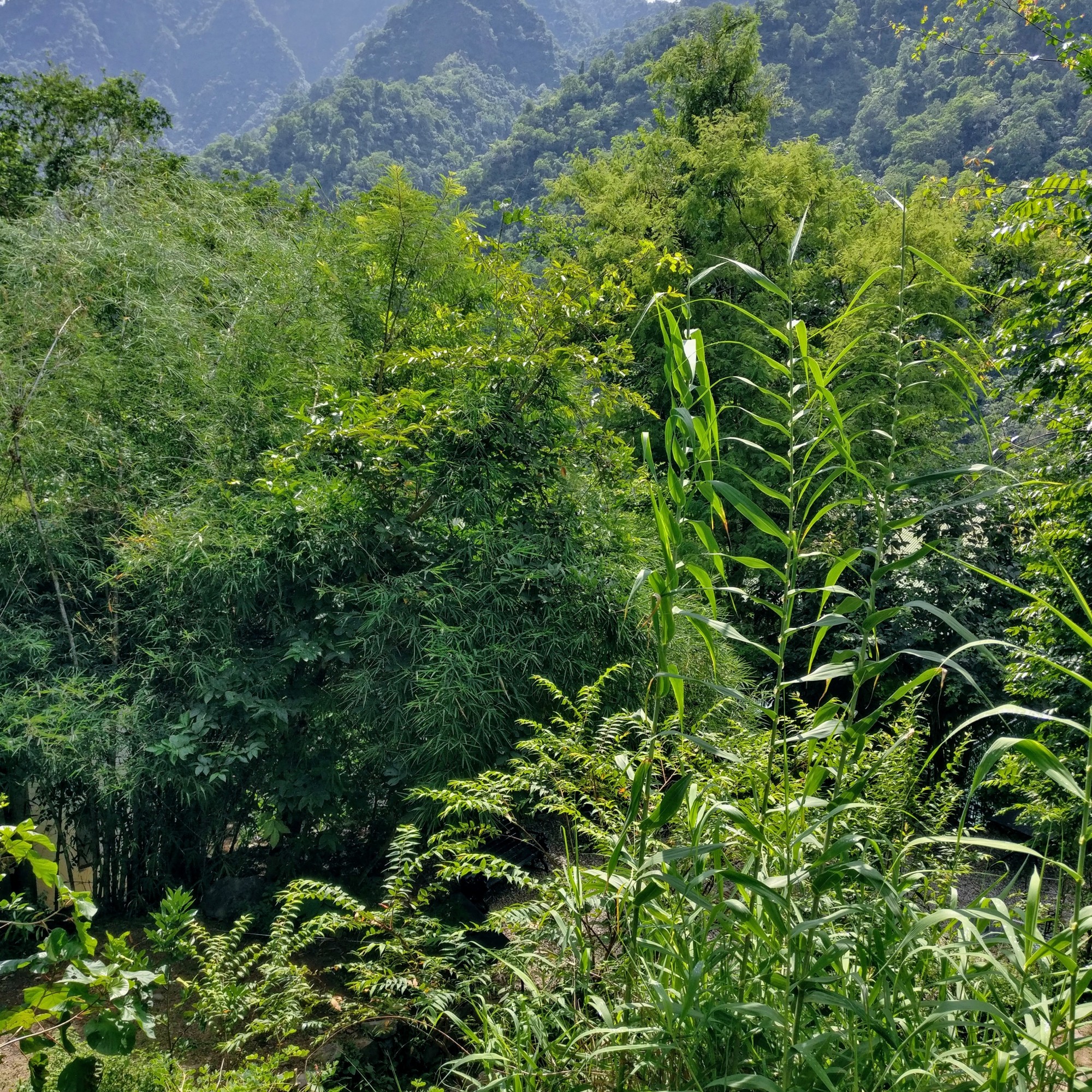

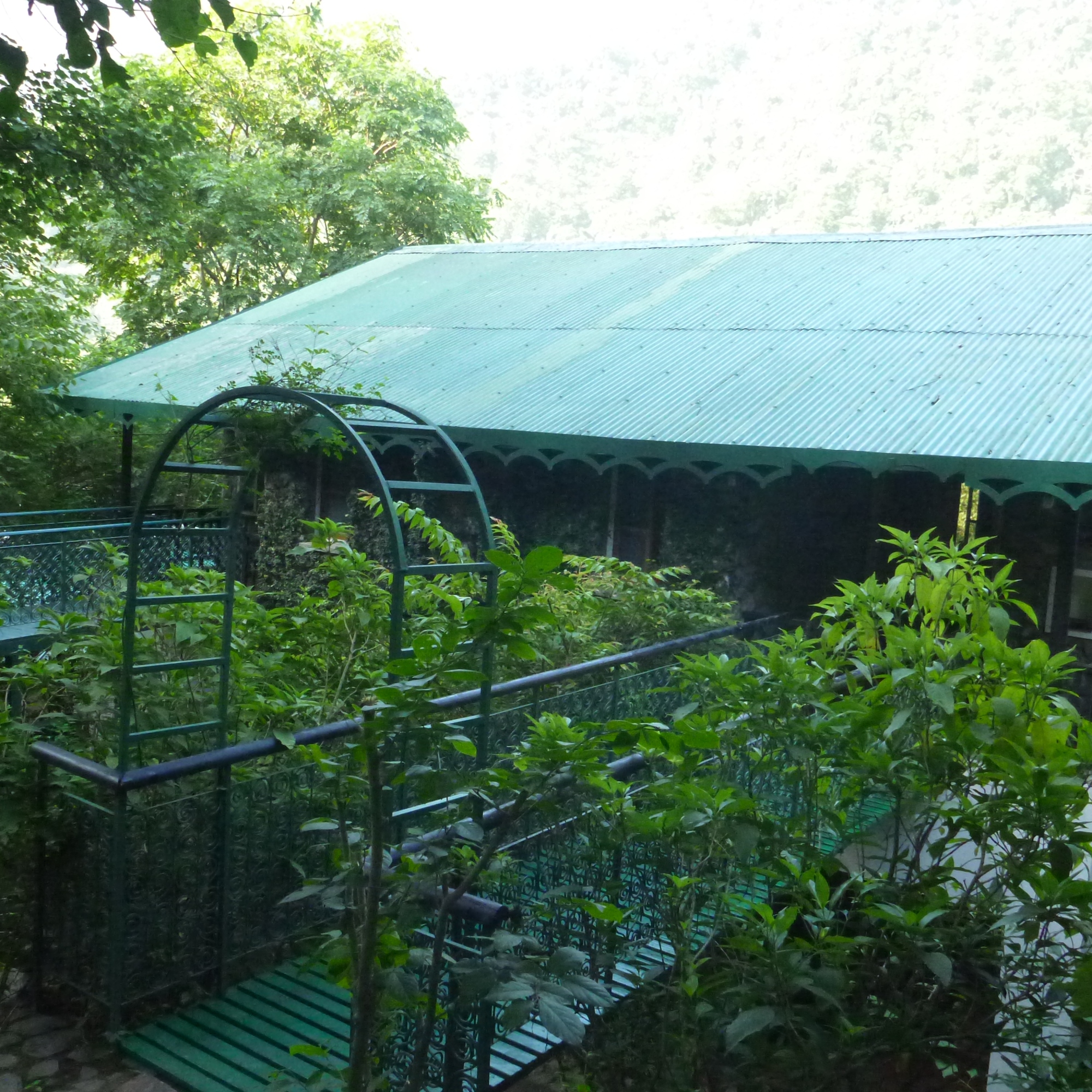
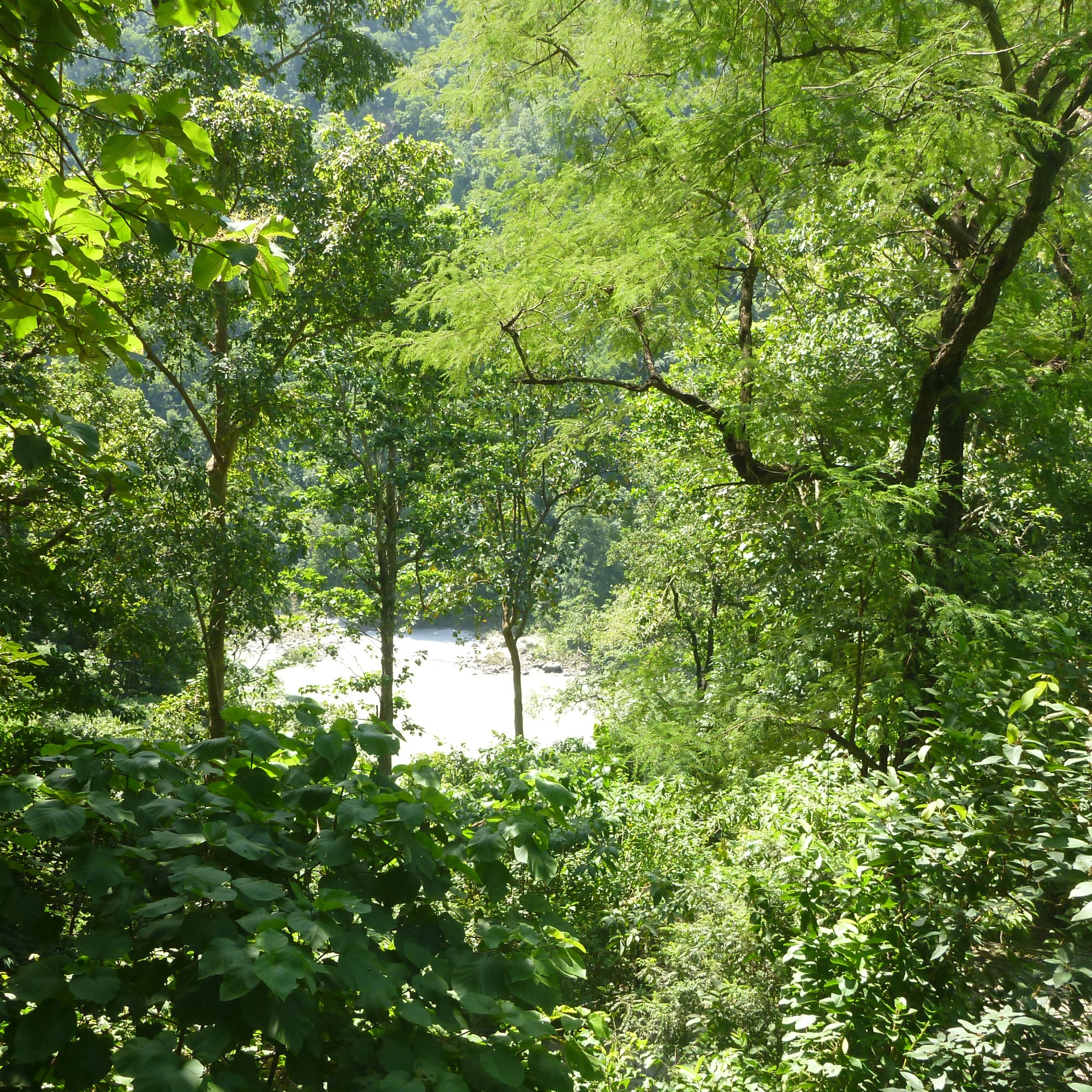
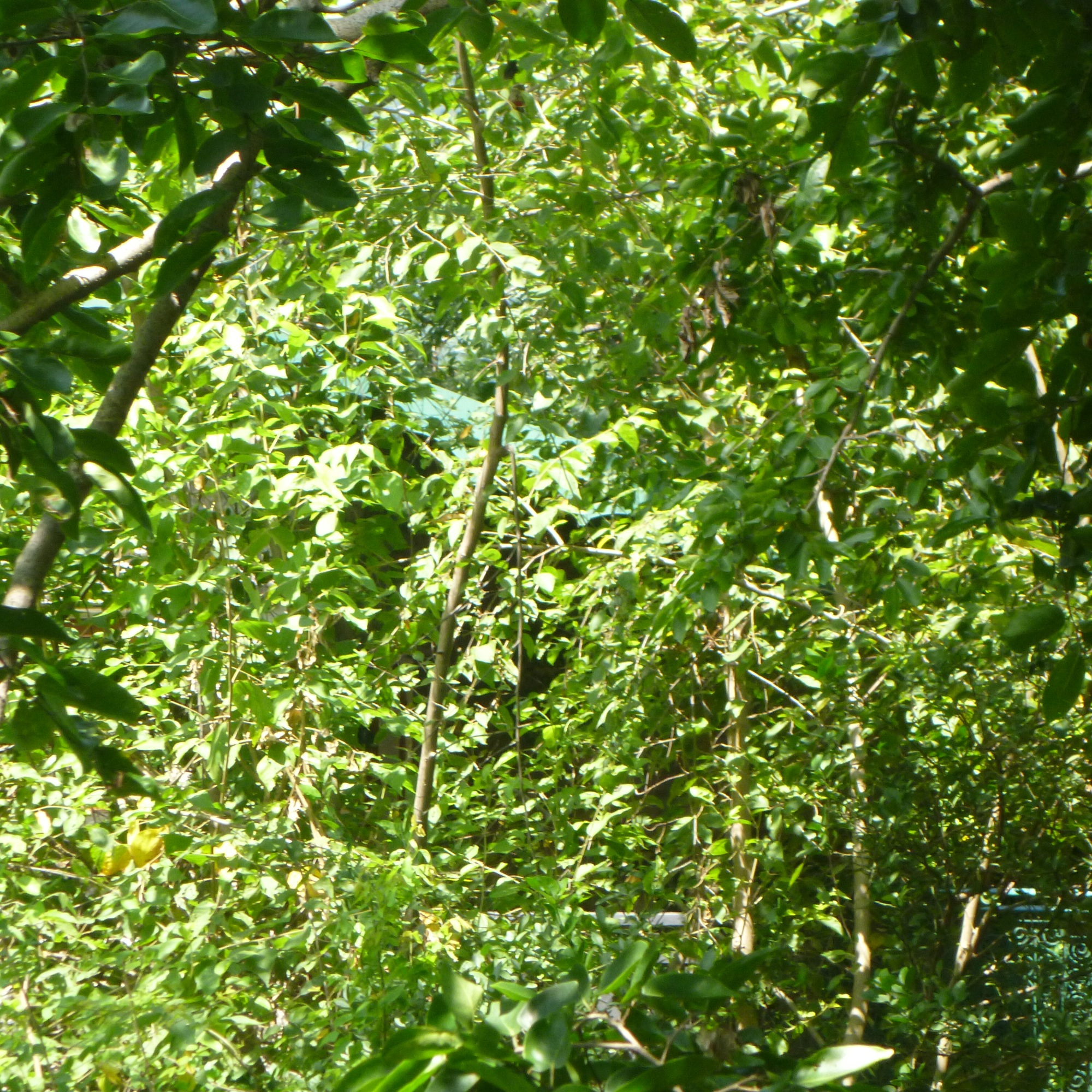
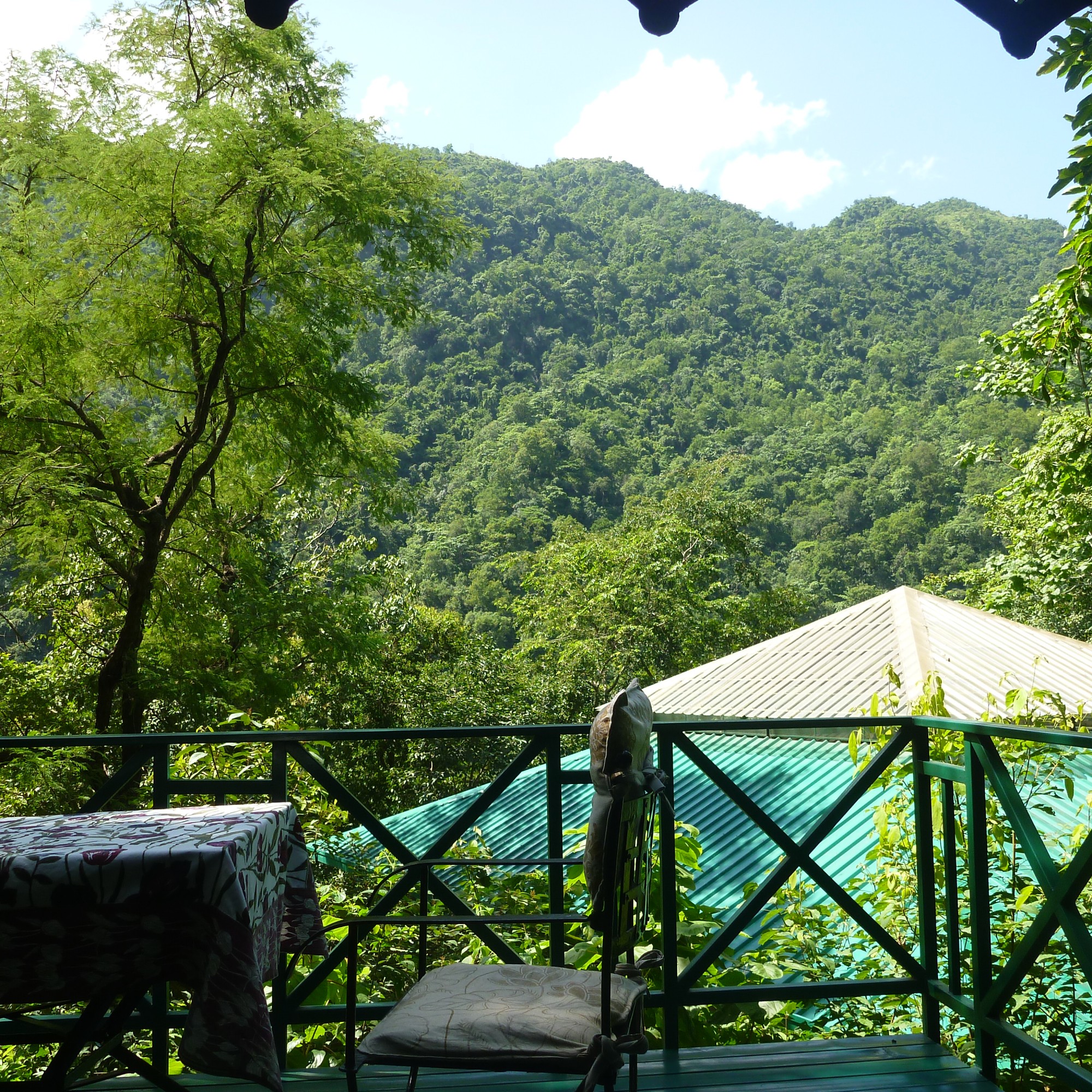
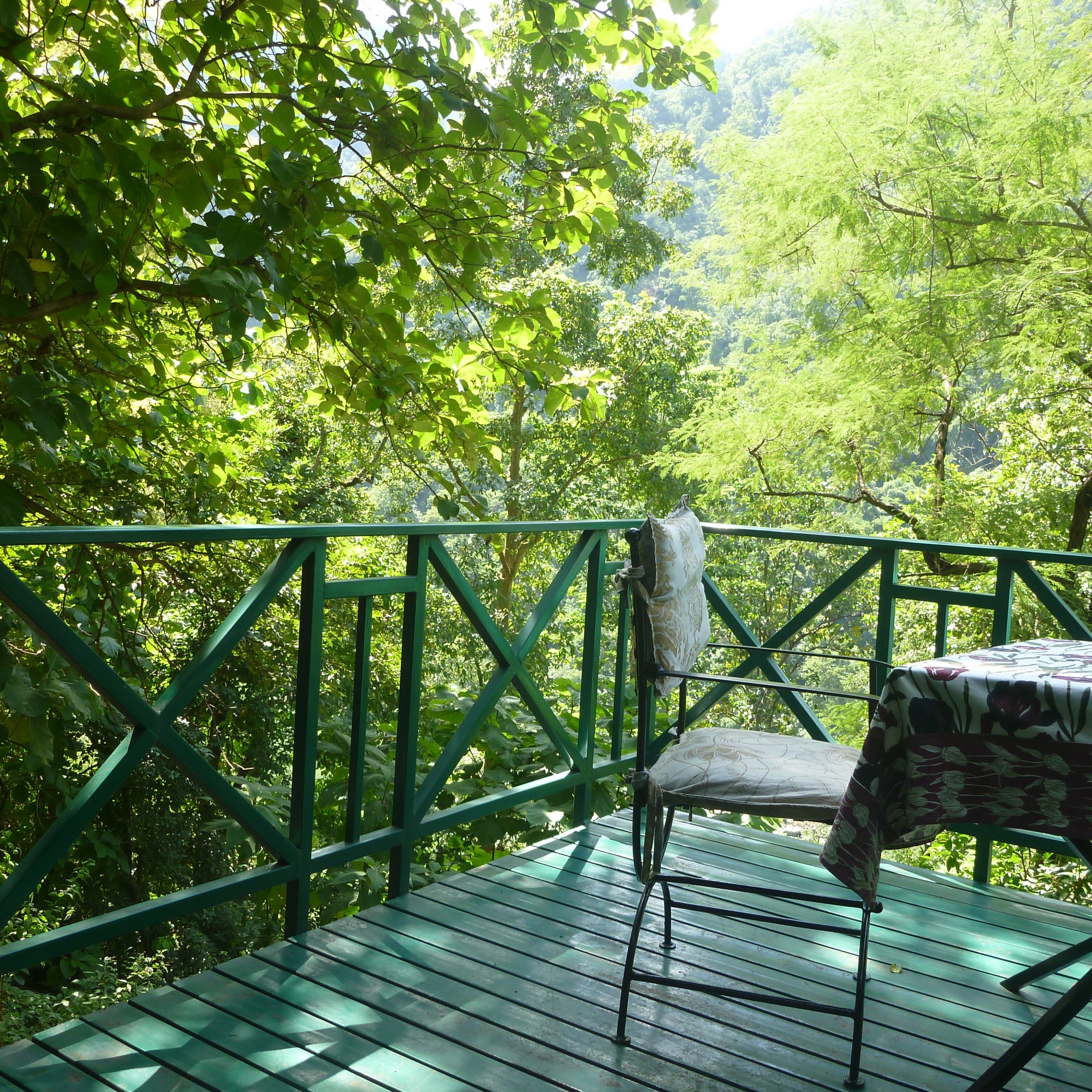


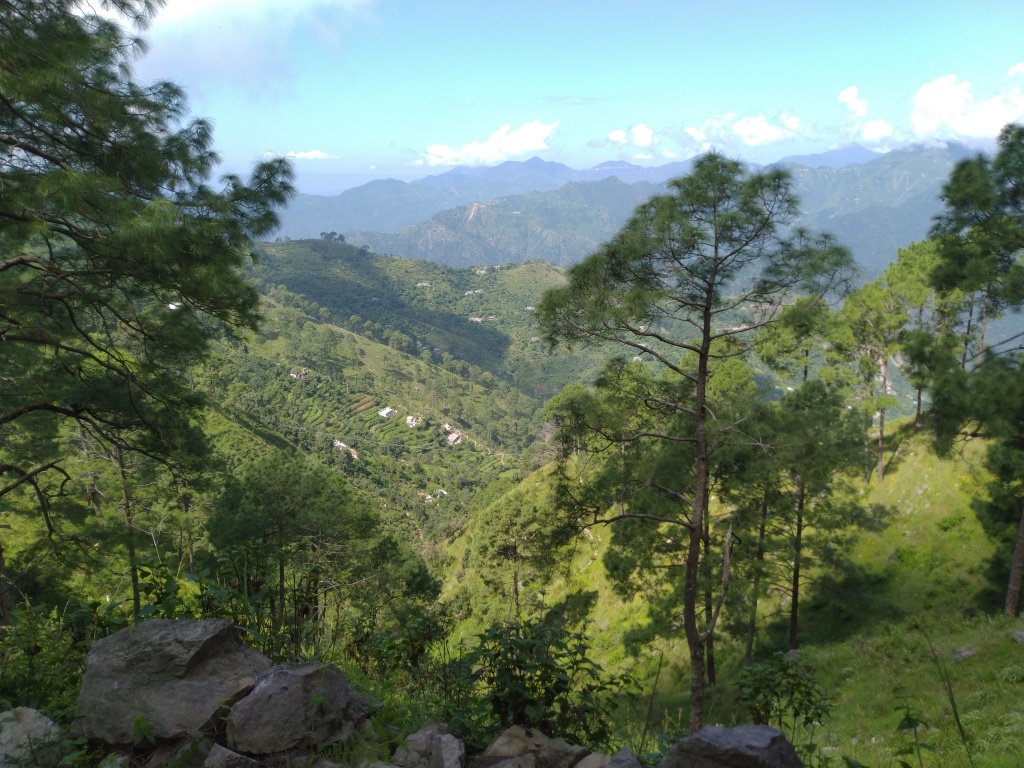
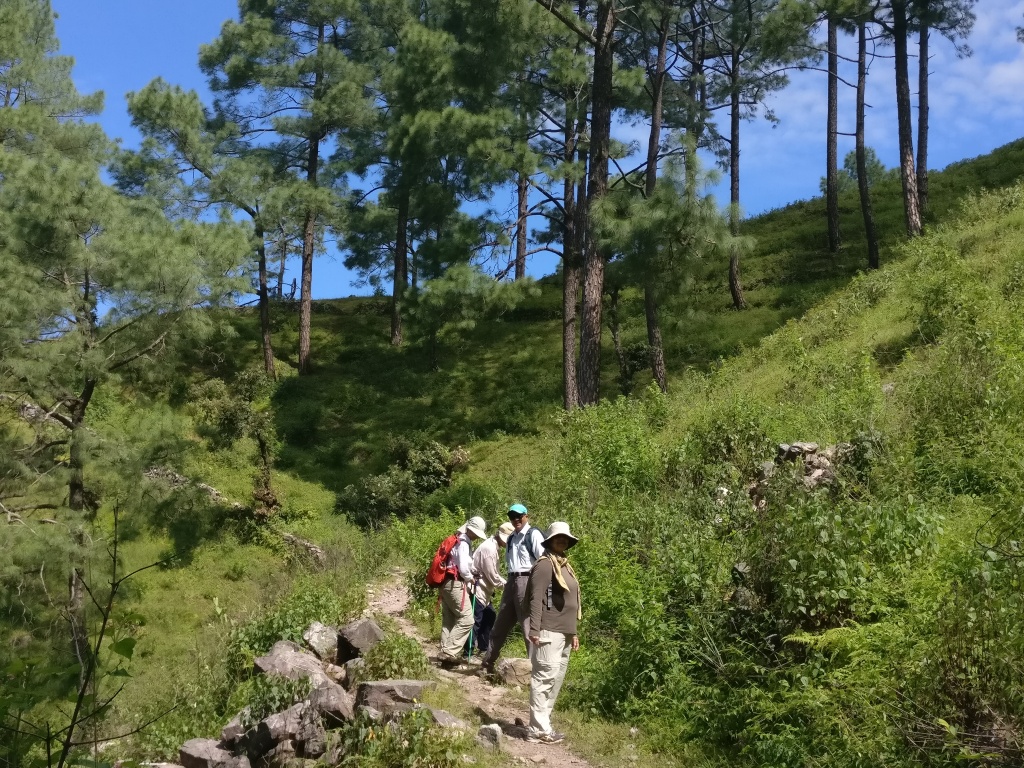
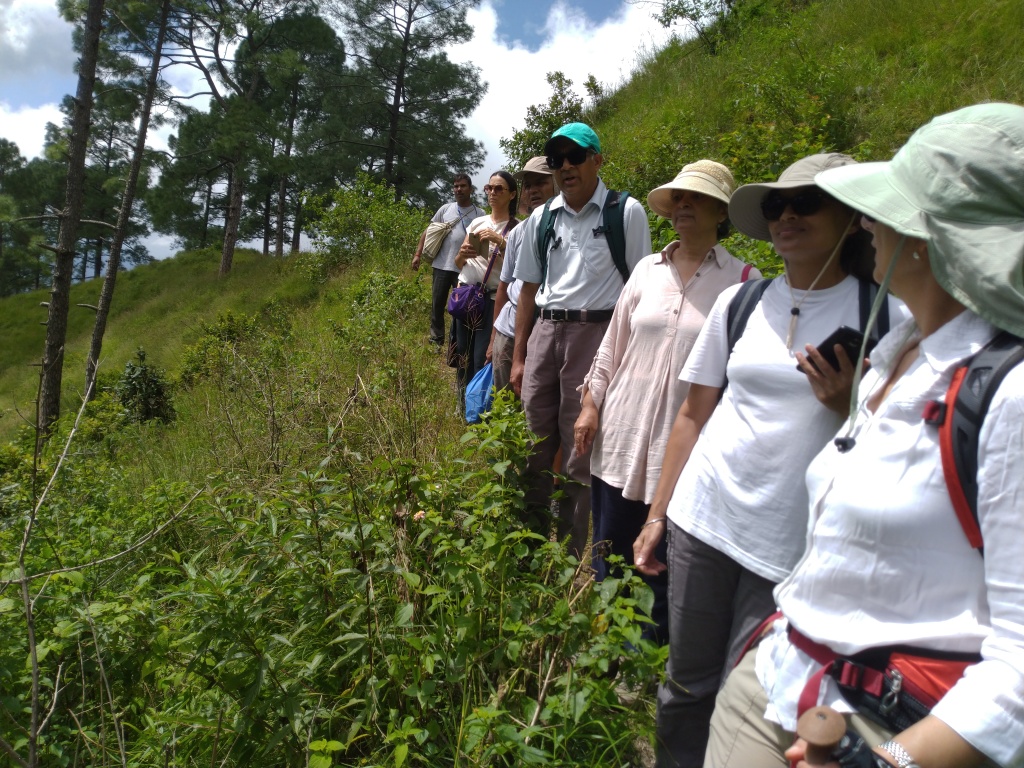
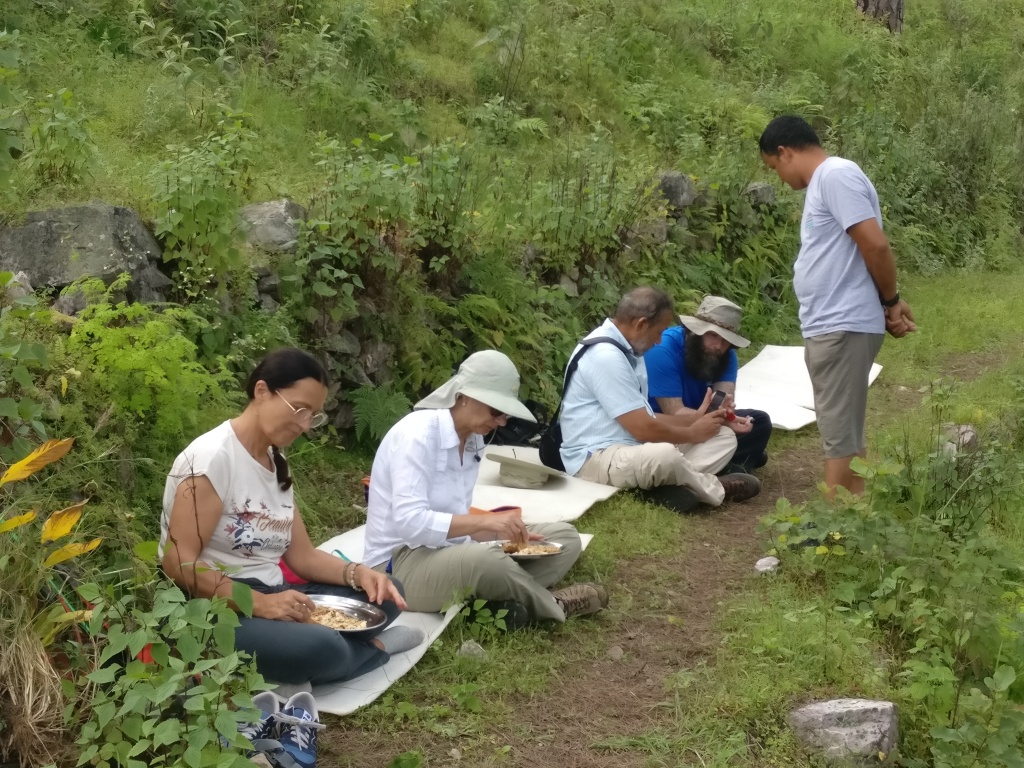

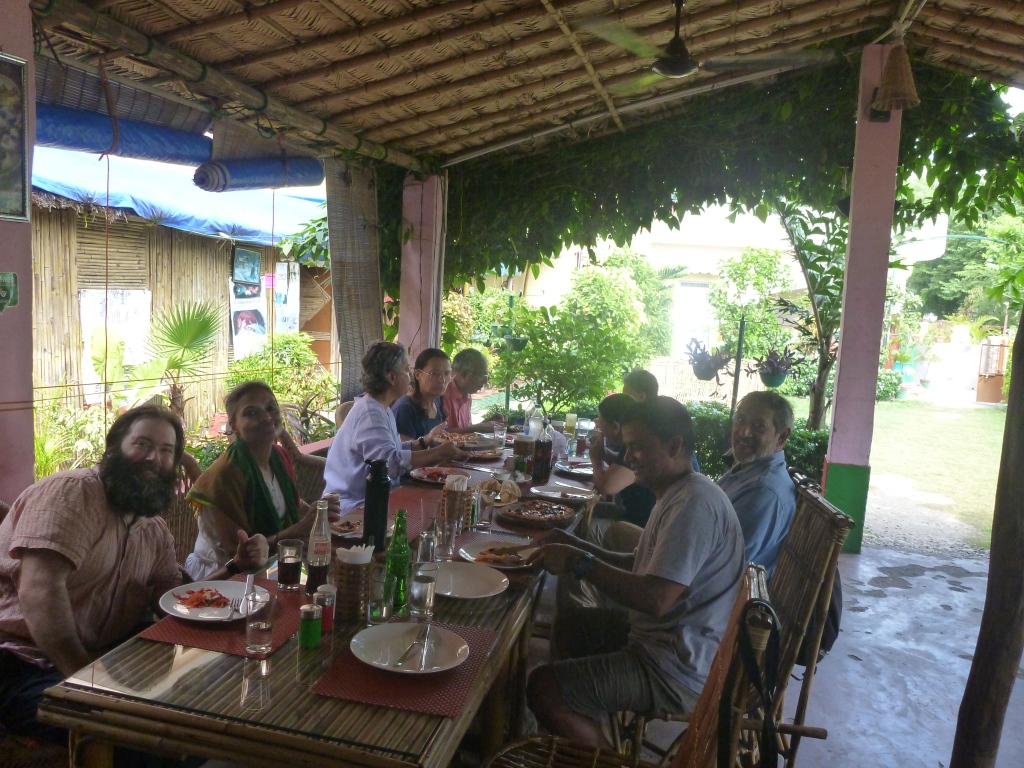
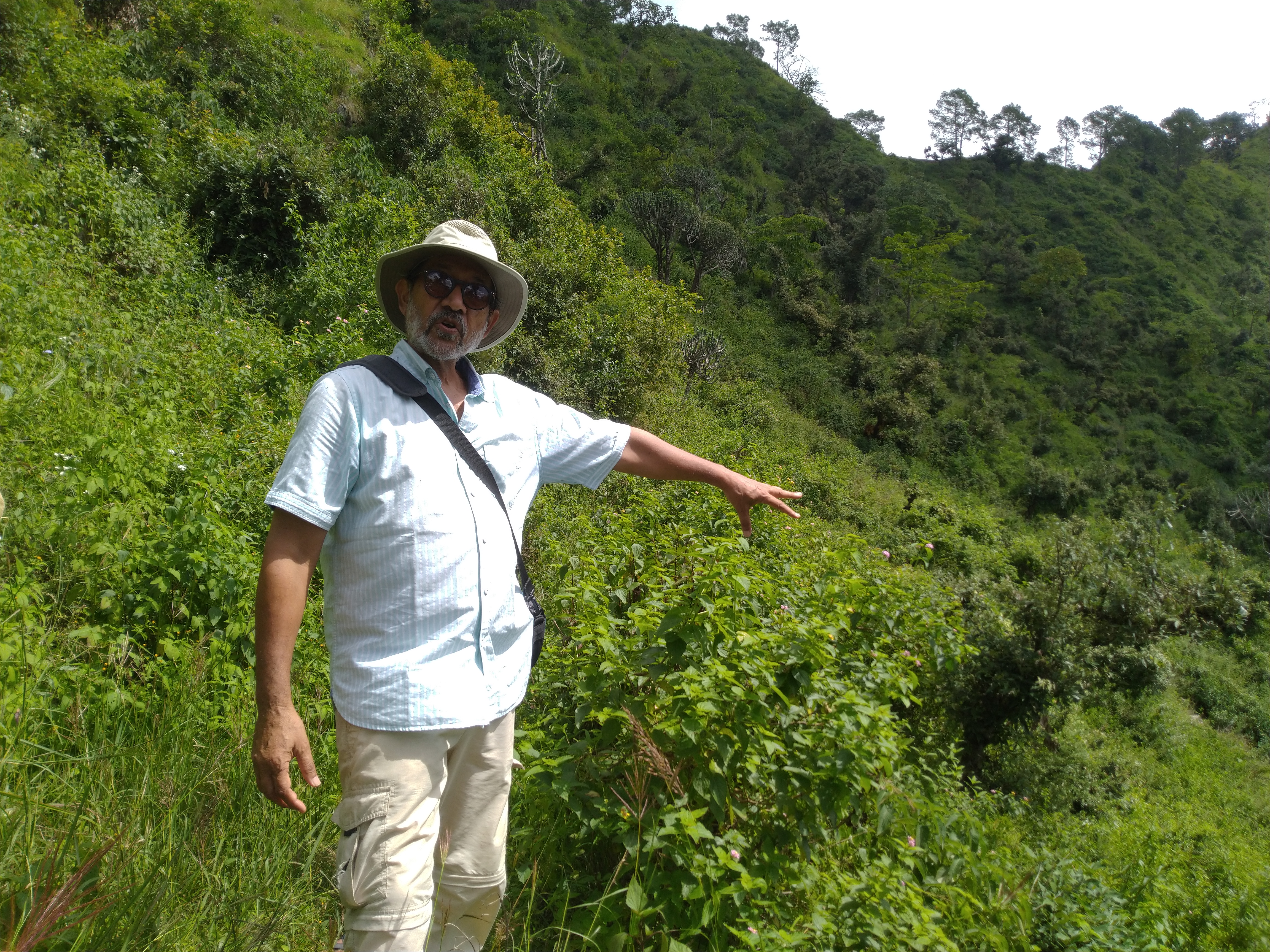
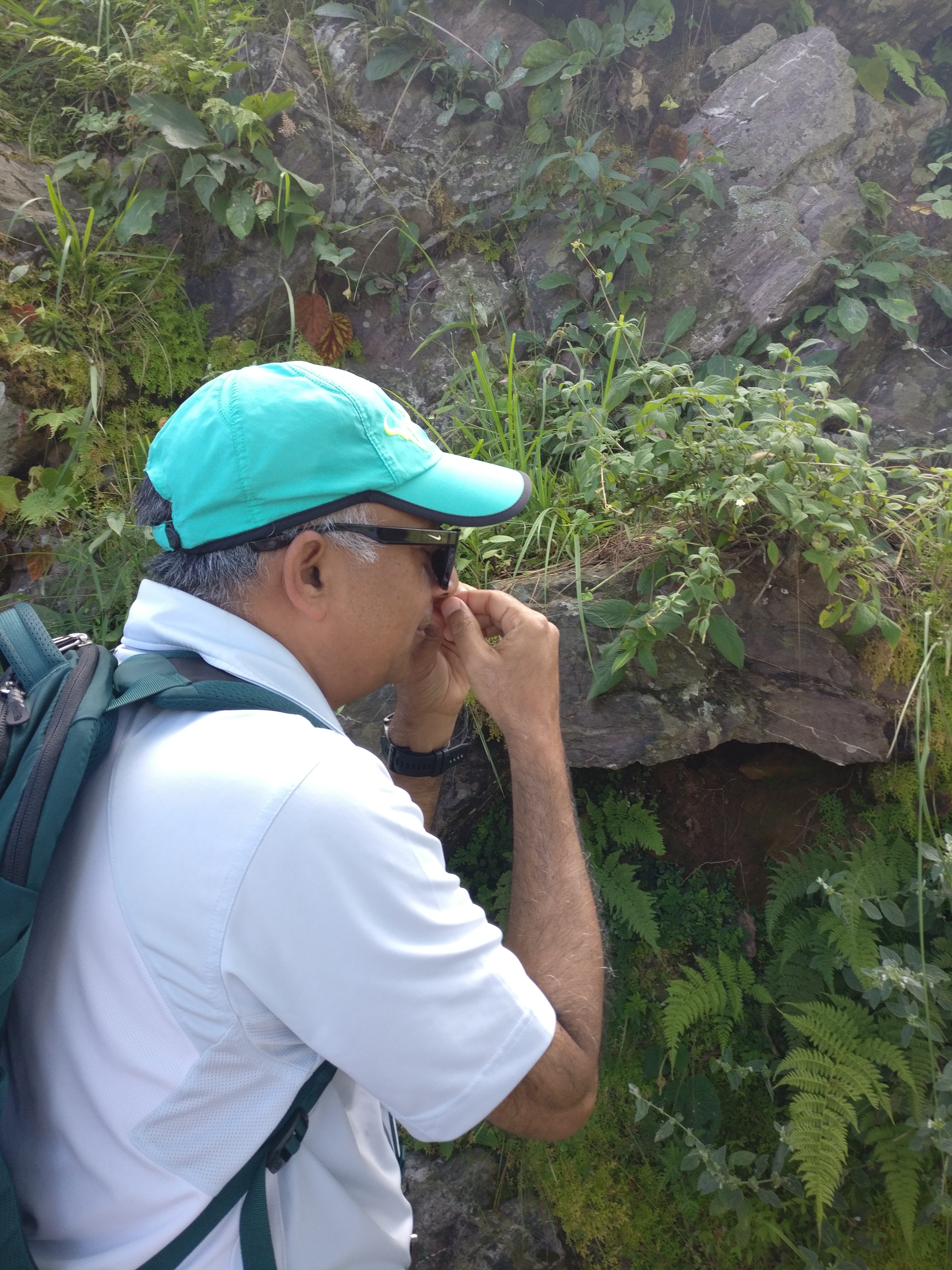


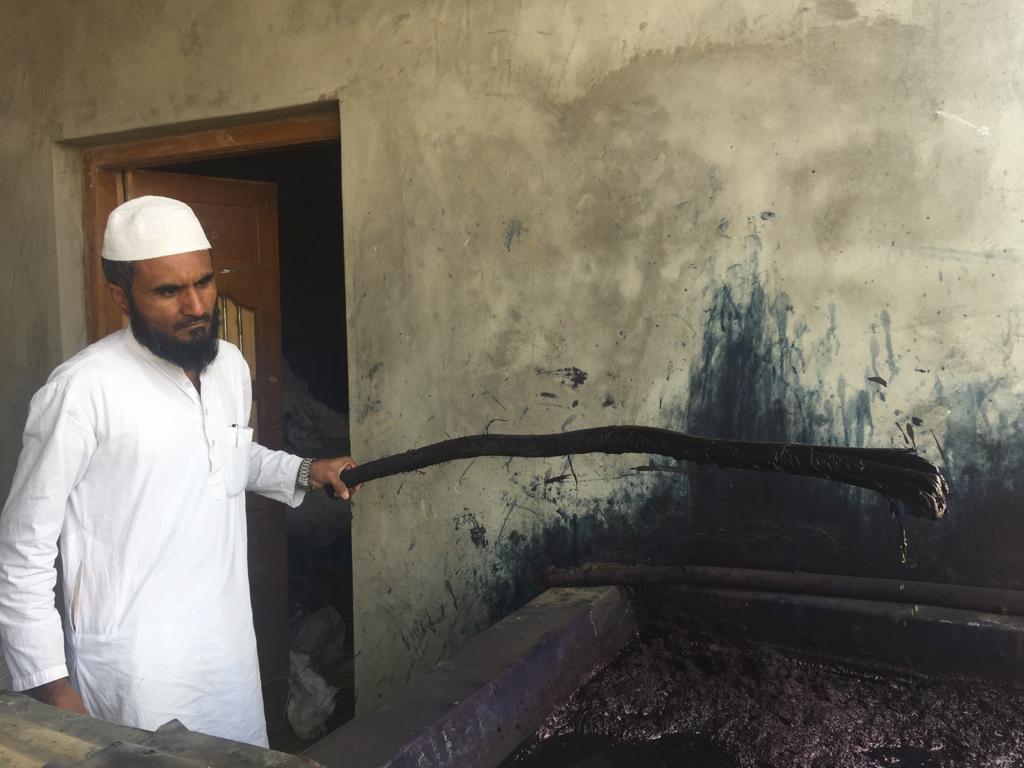
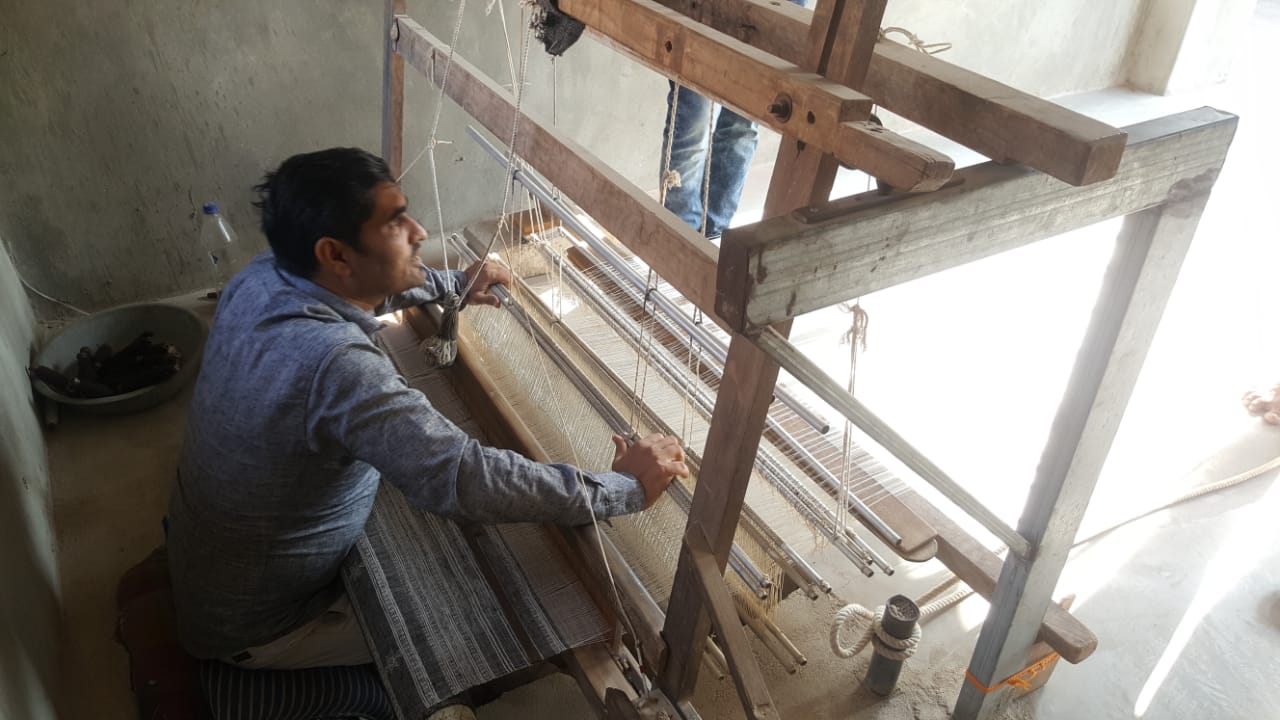
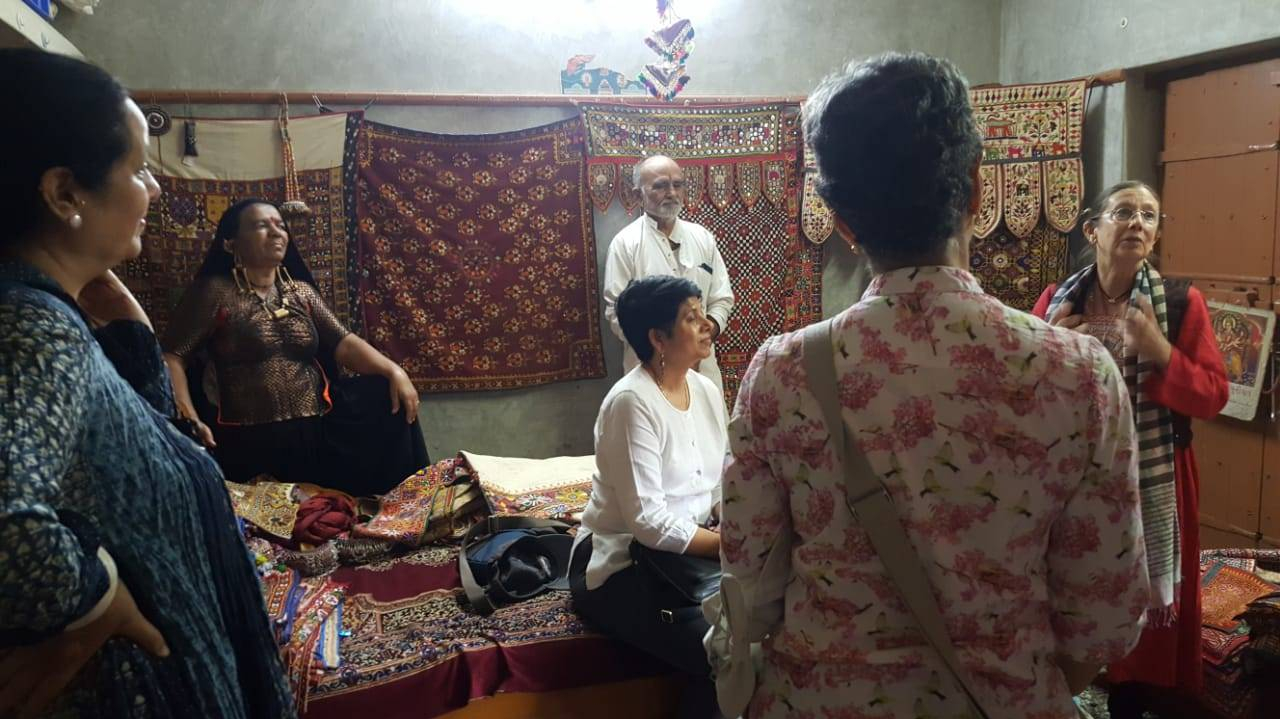





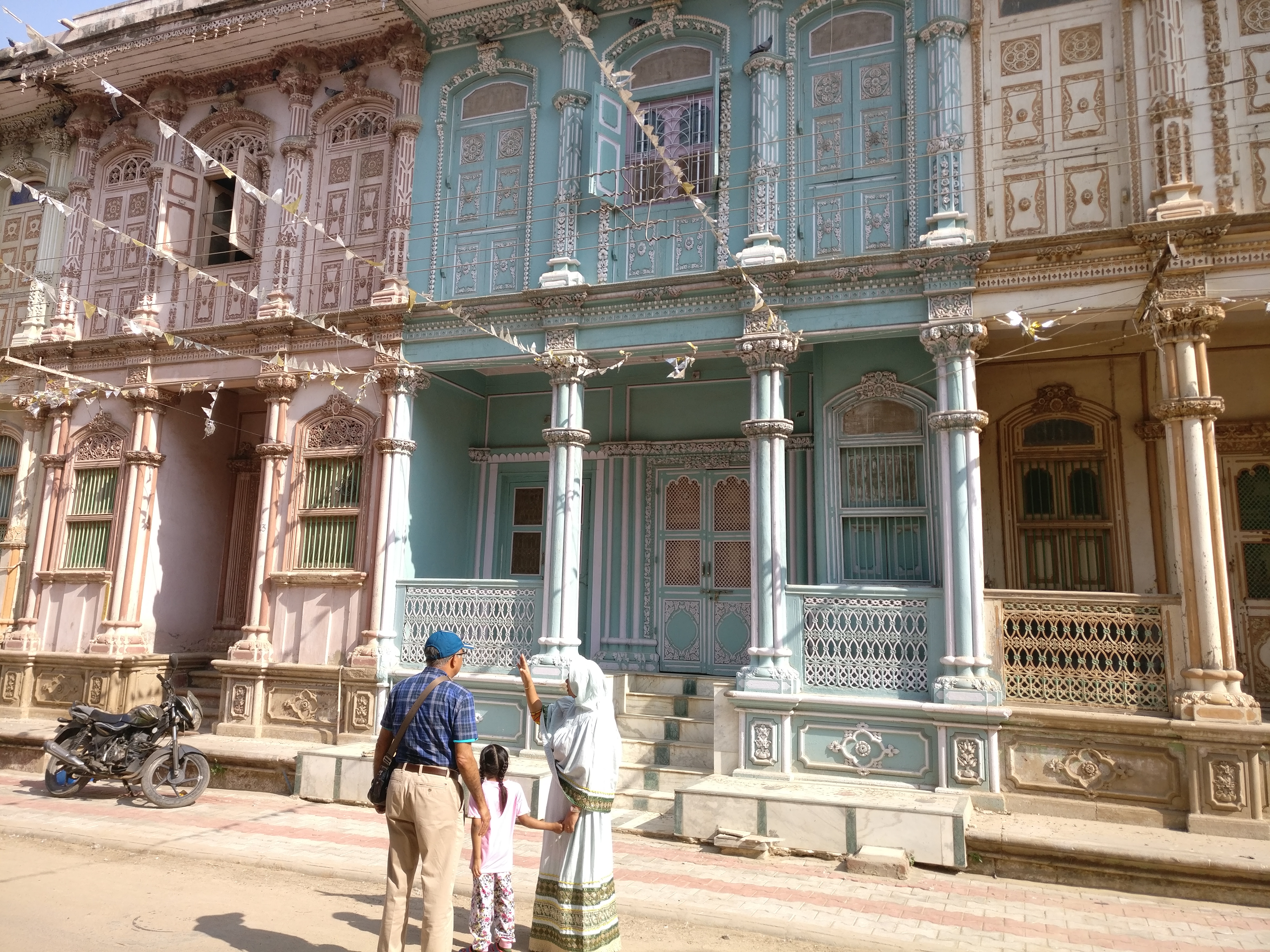 A Bohri lunch with Insiya and her family was a wonderful experience.
A Bohri lunch with Insiya and her family was a wonderful experience.
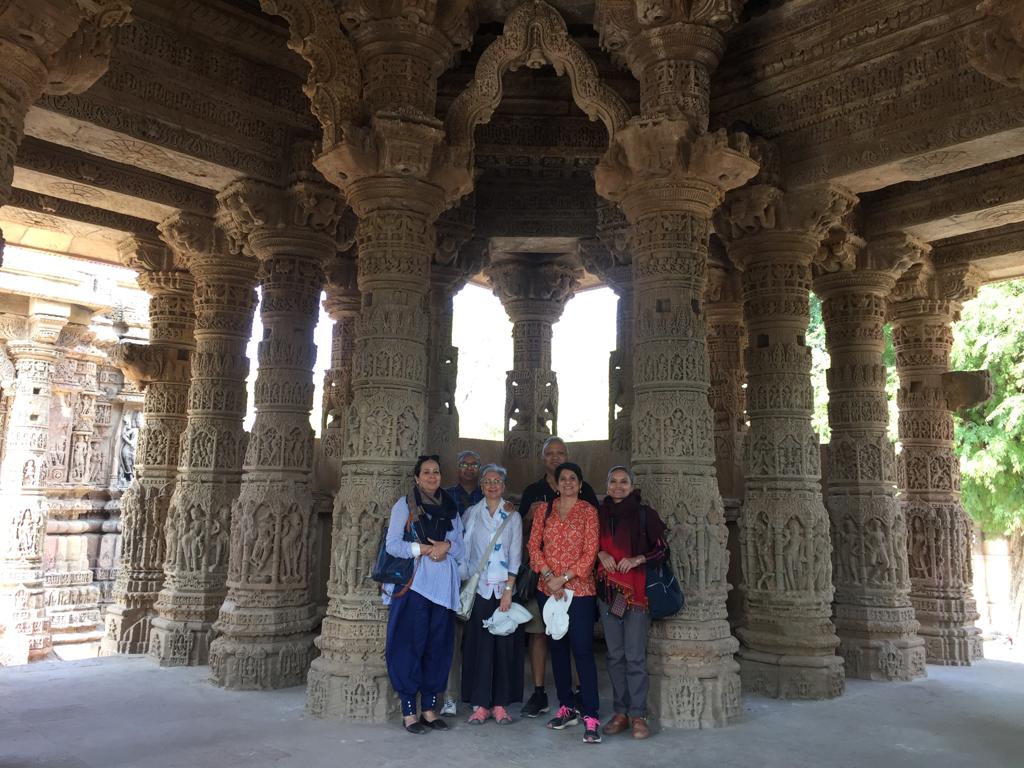
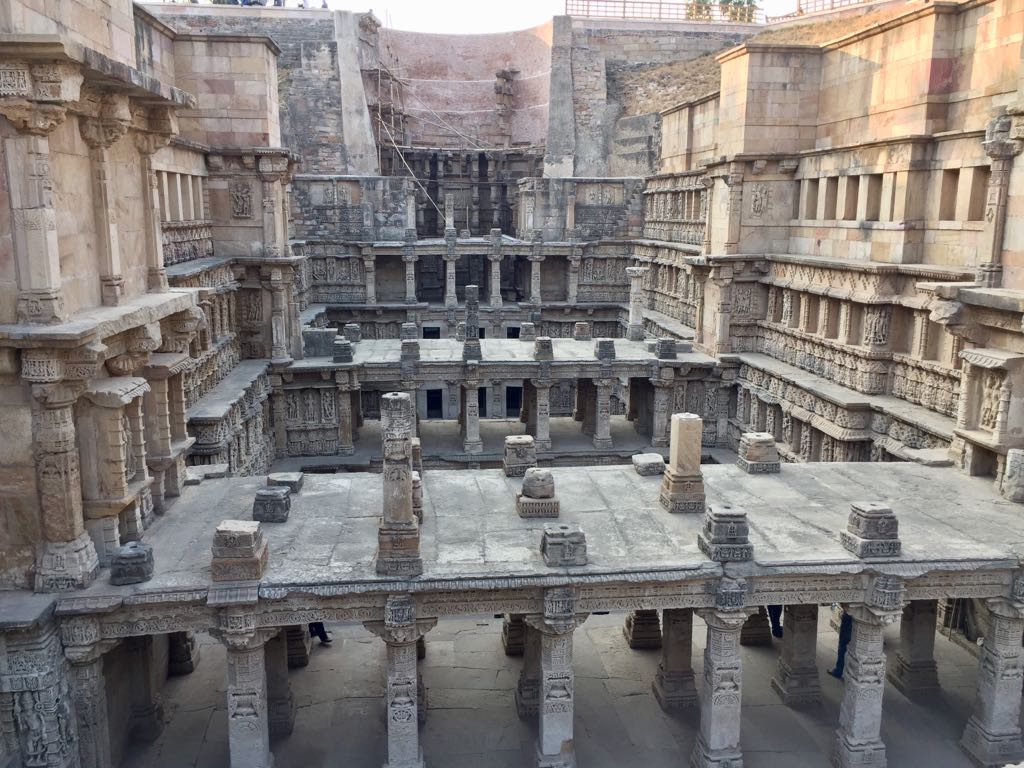
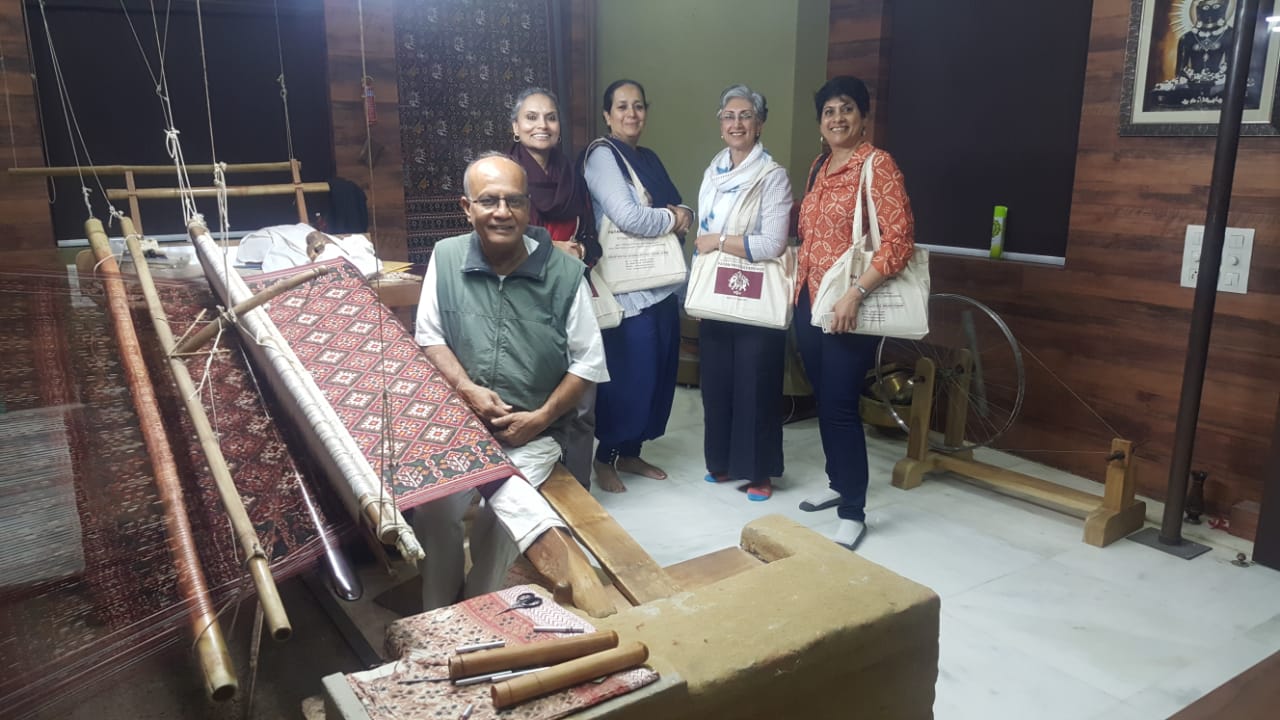
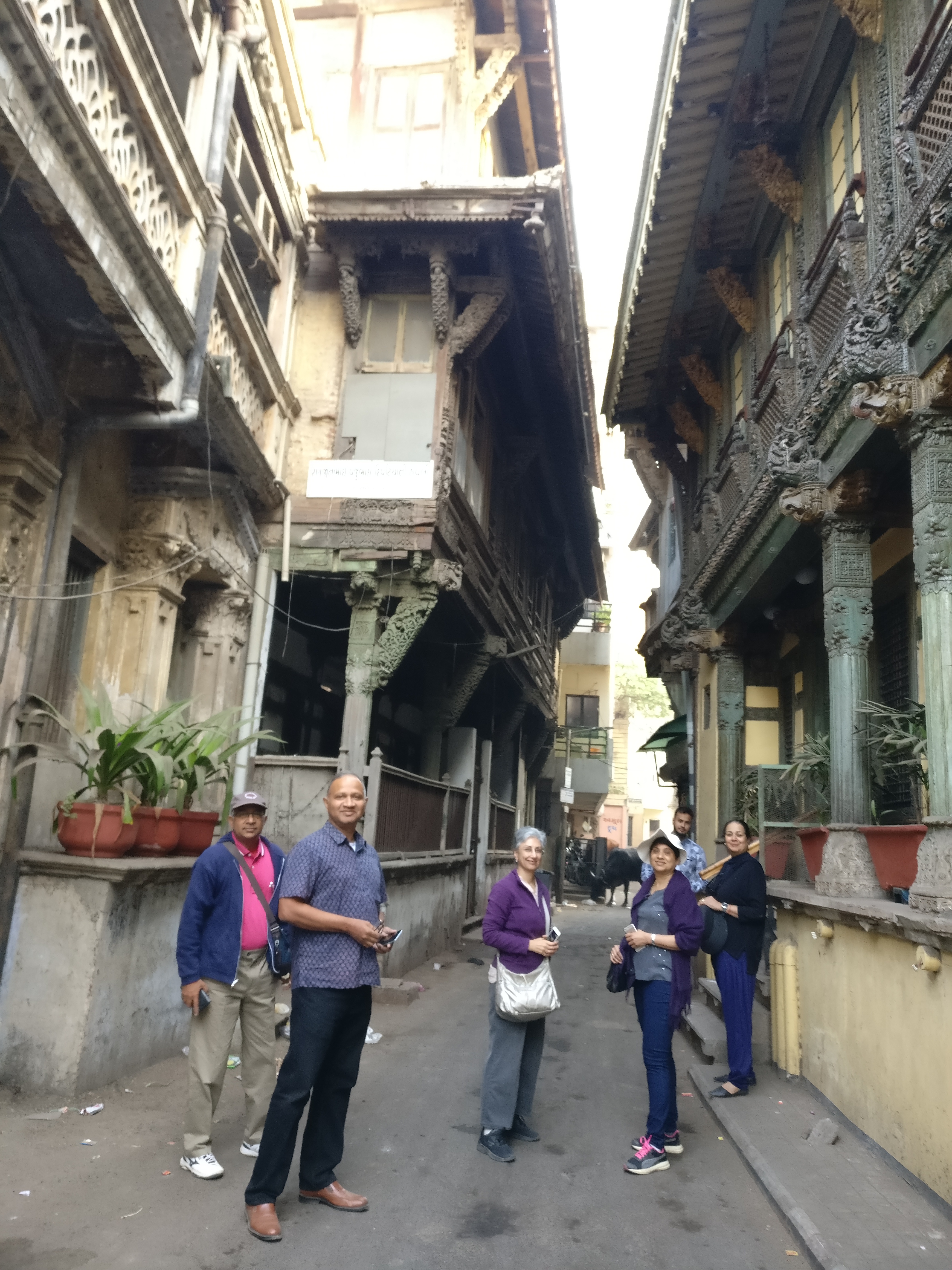



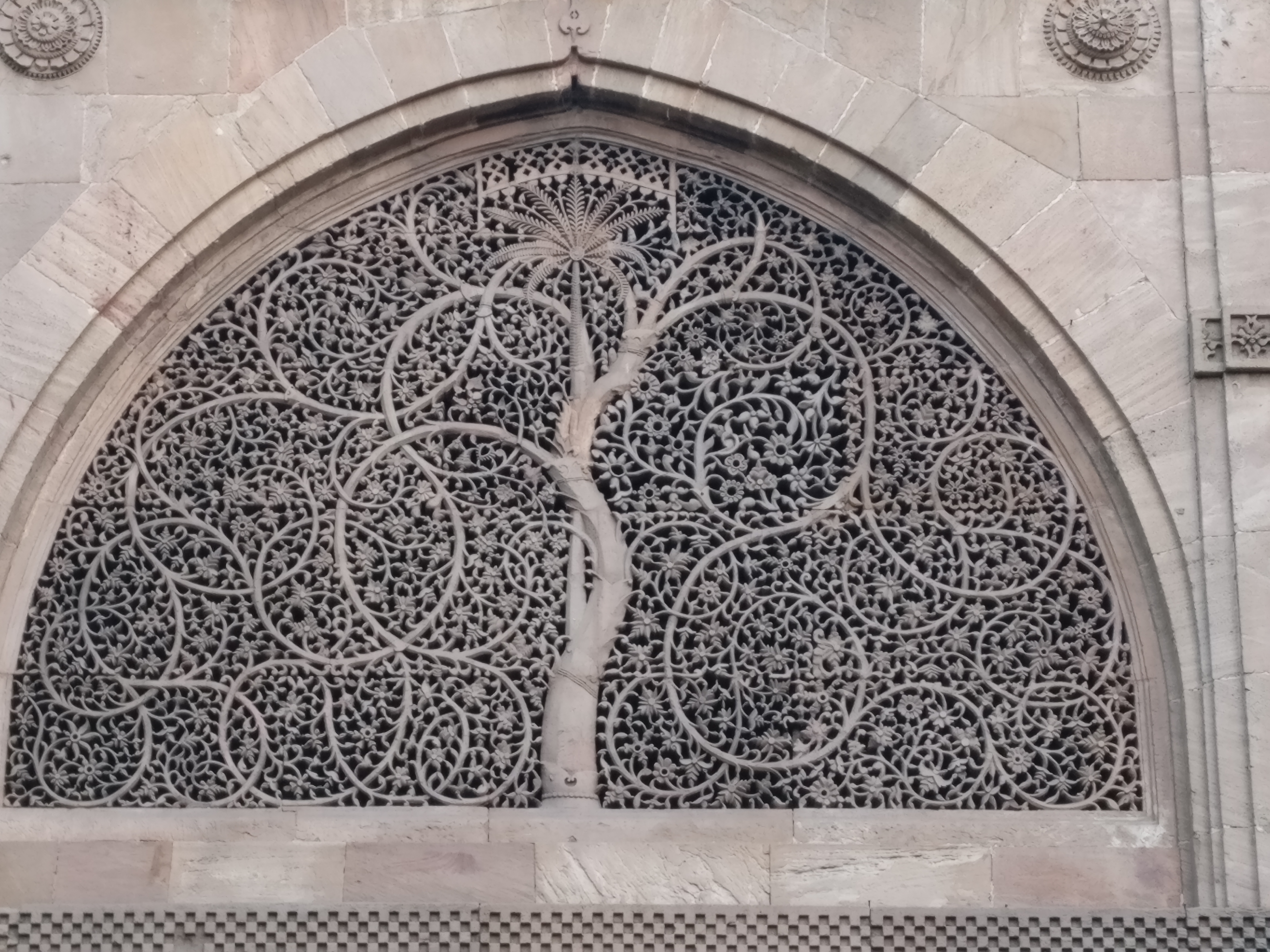
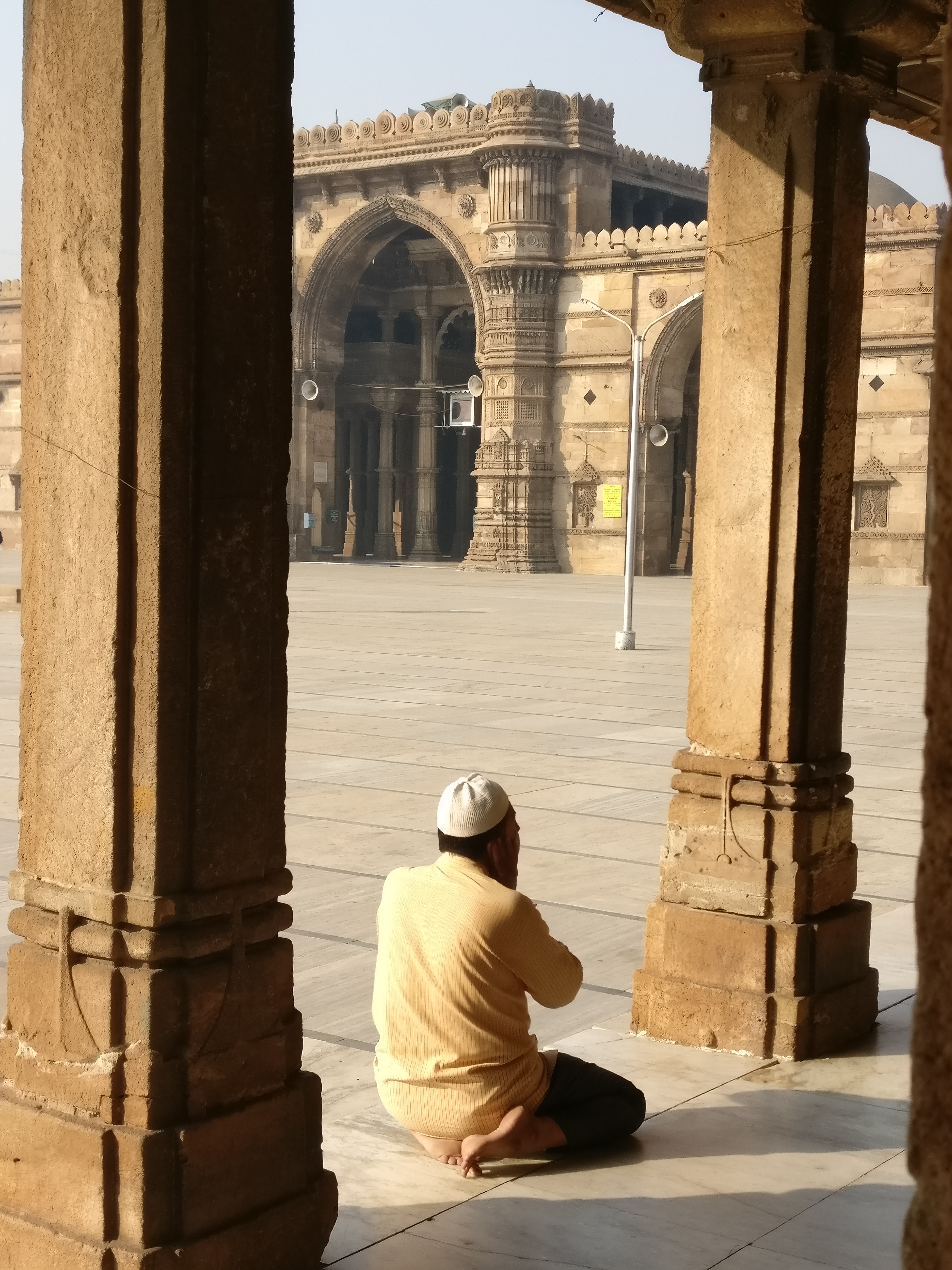















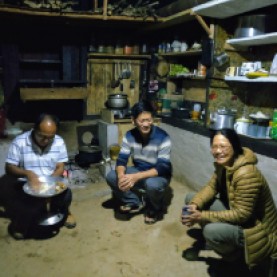
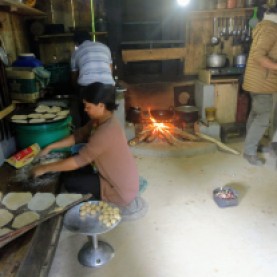


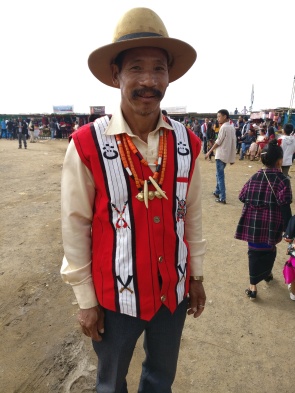














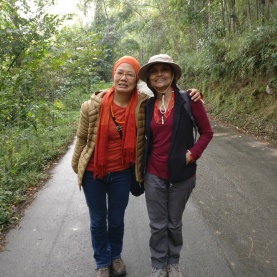

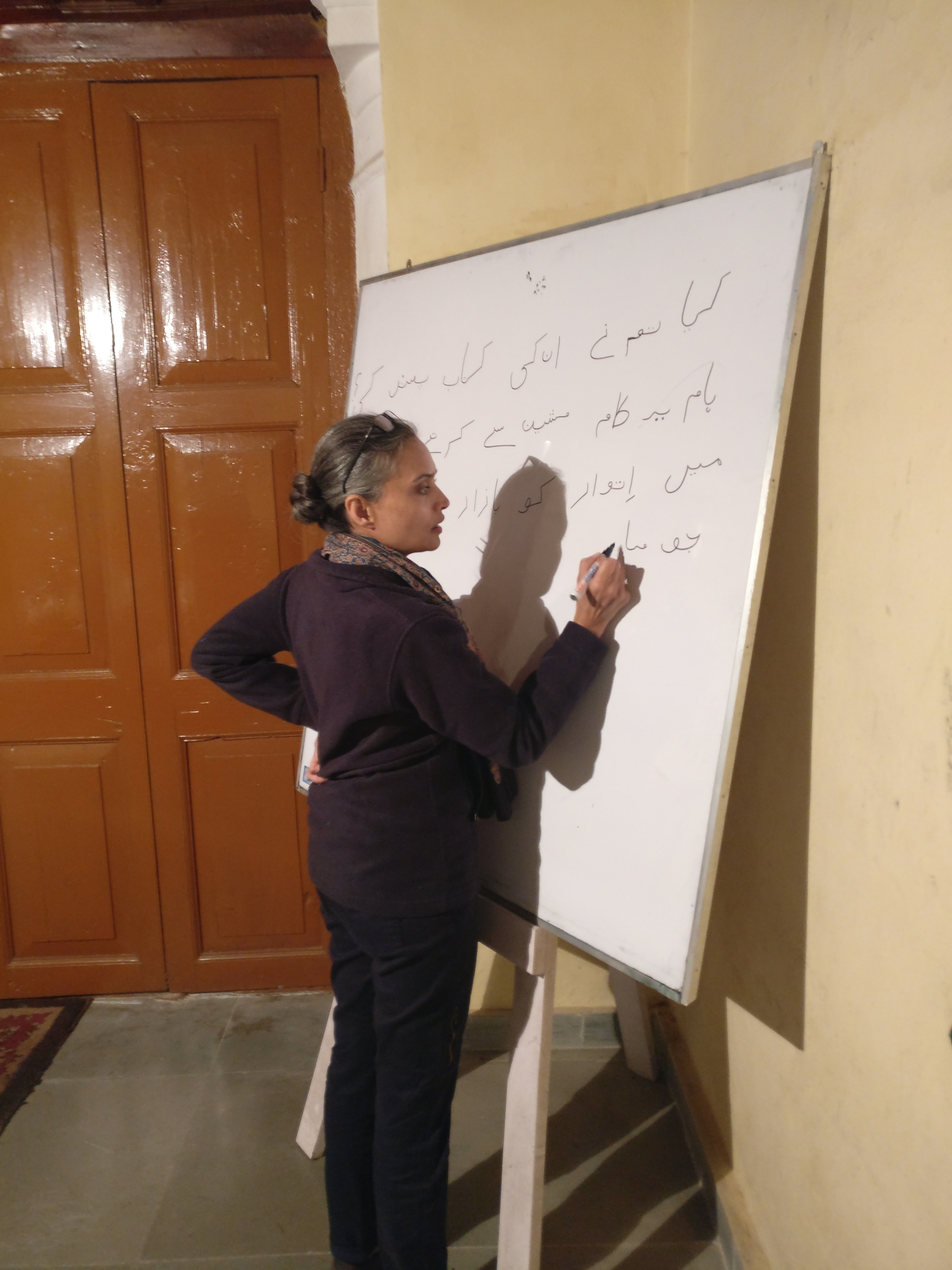
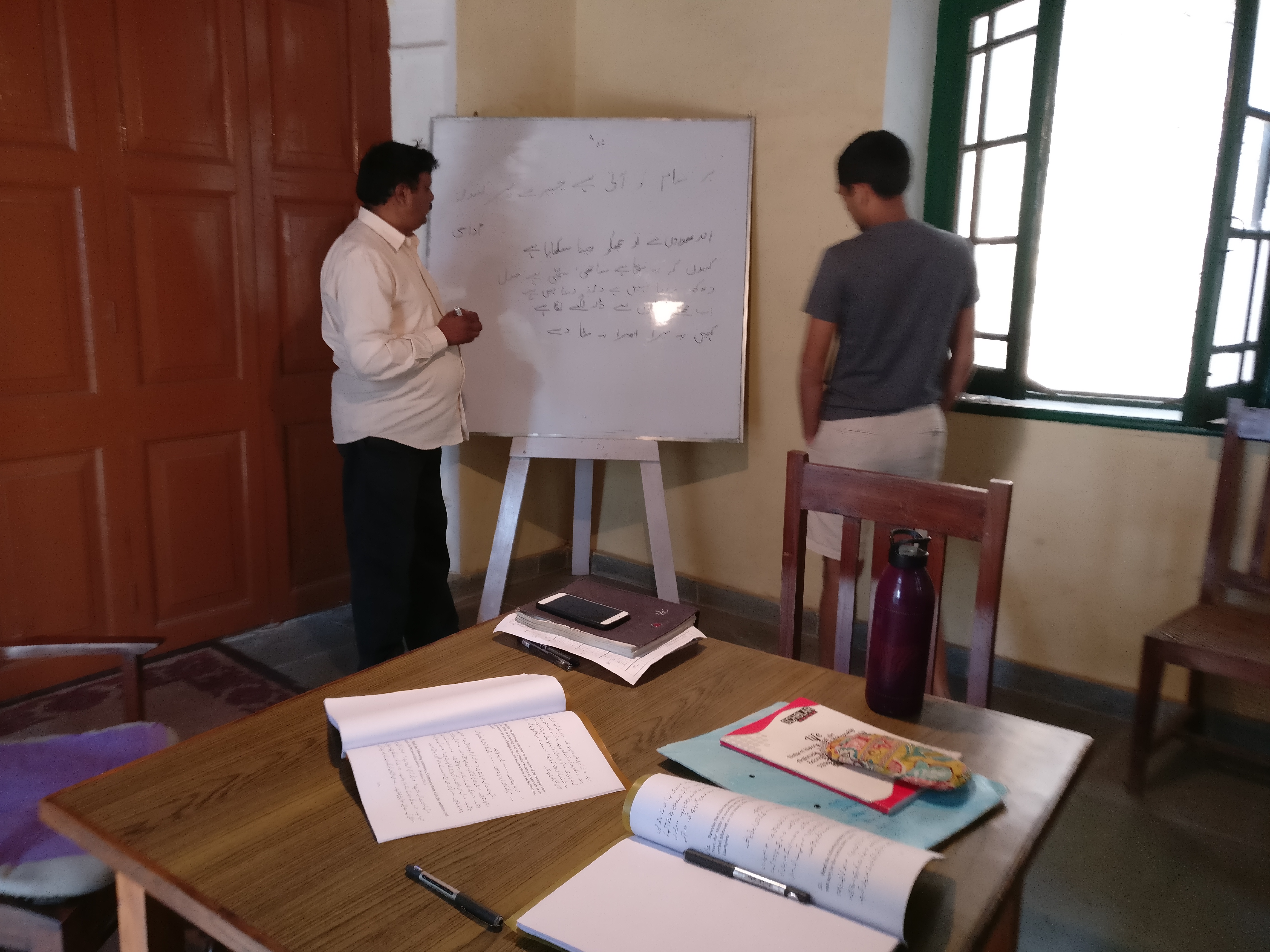
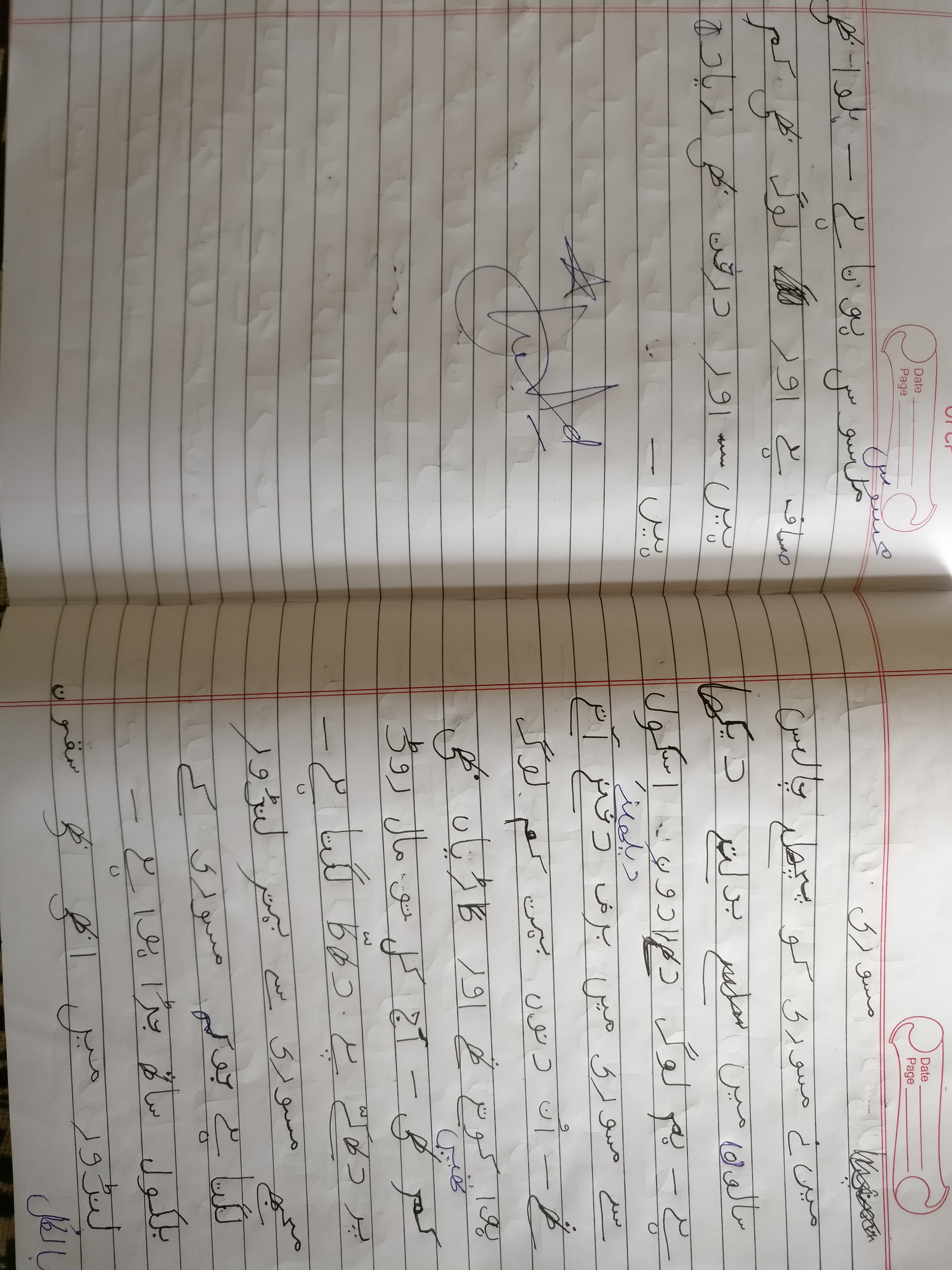
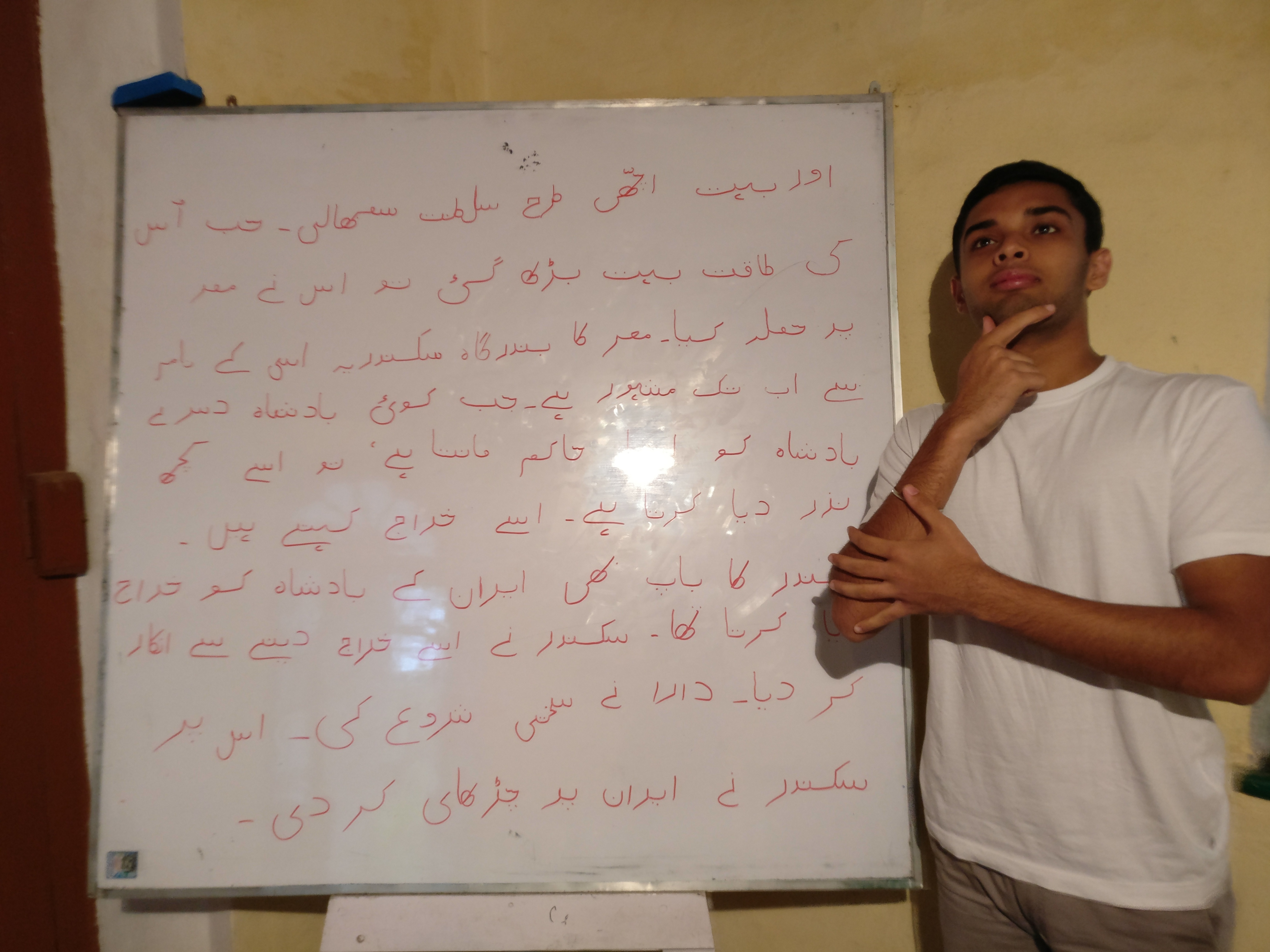
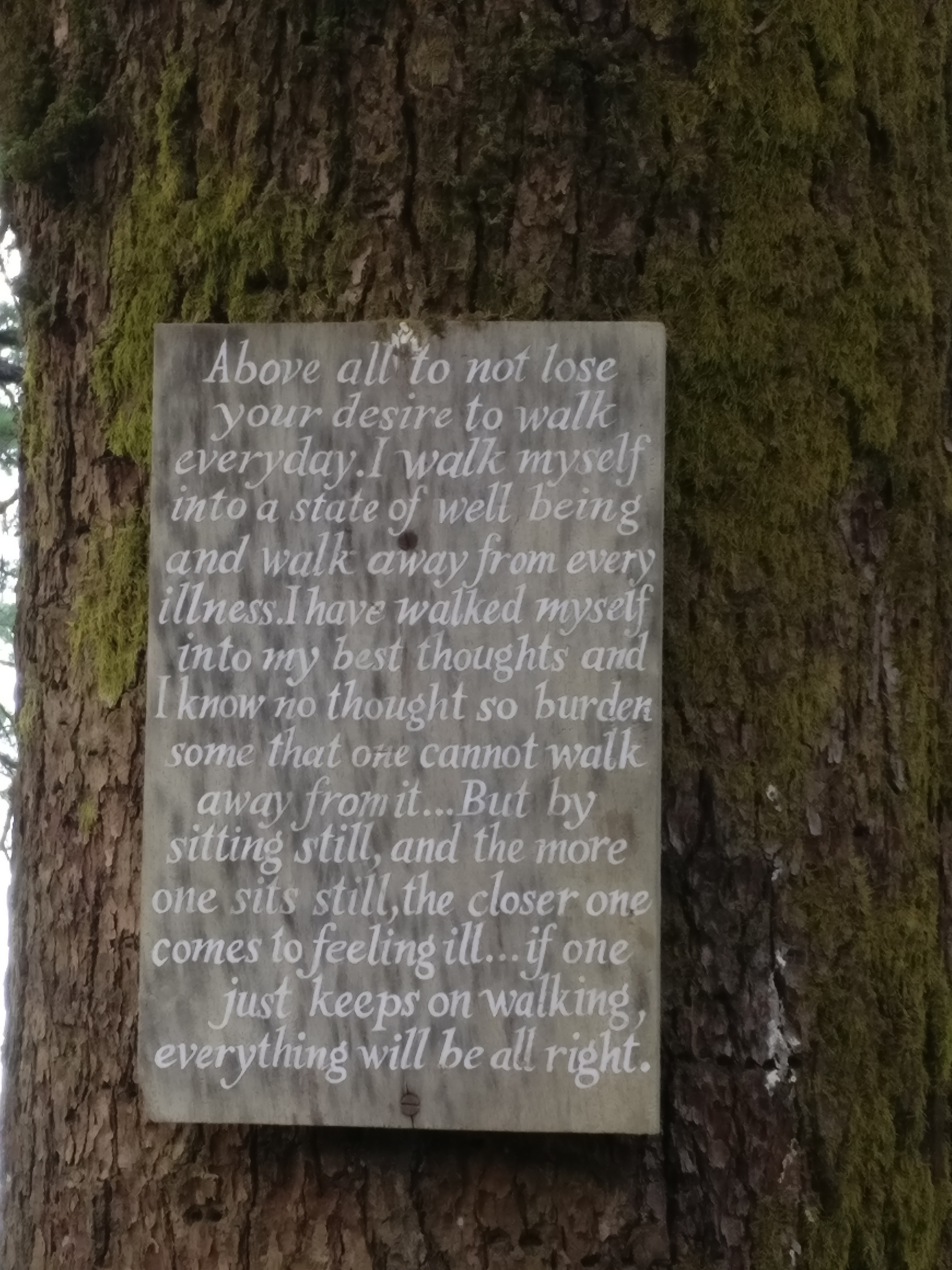
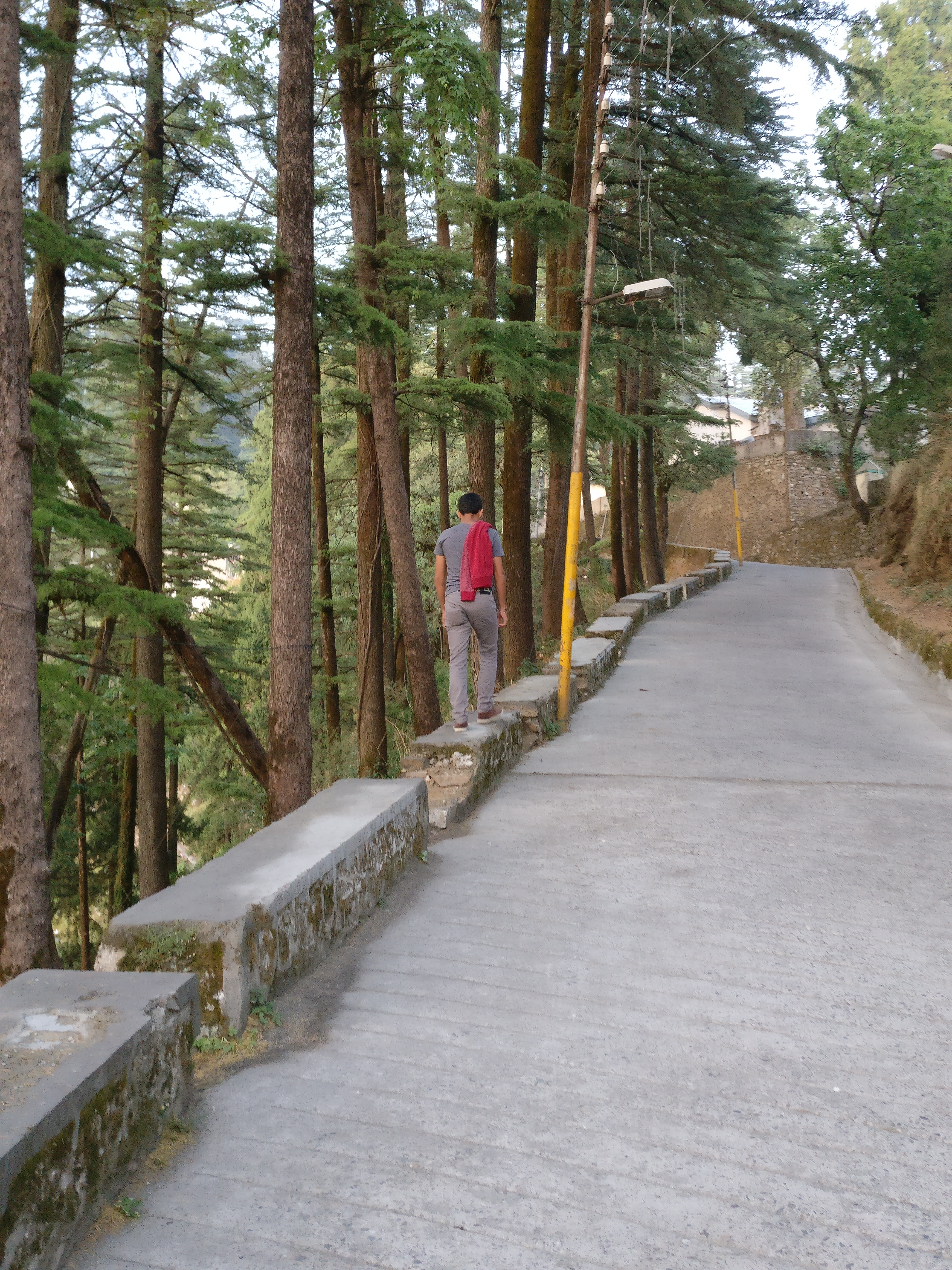
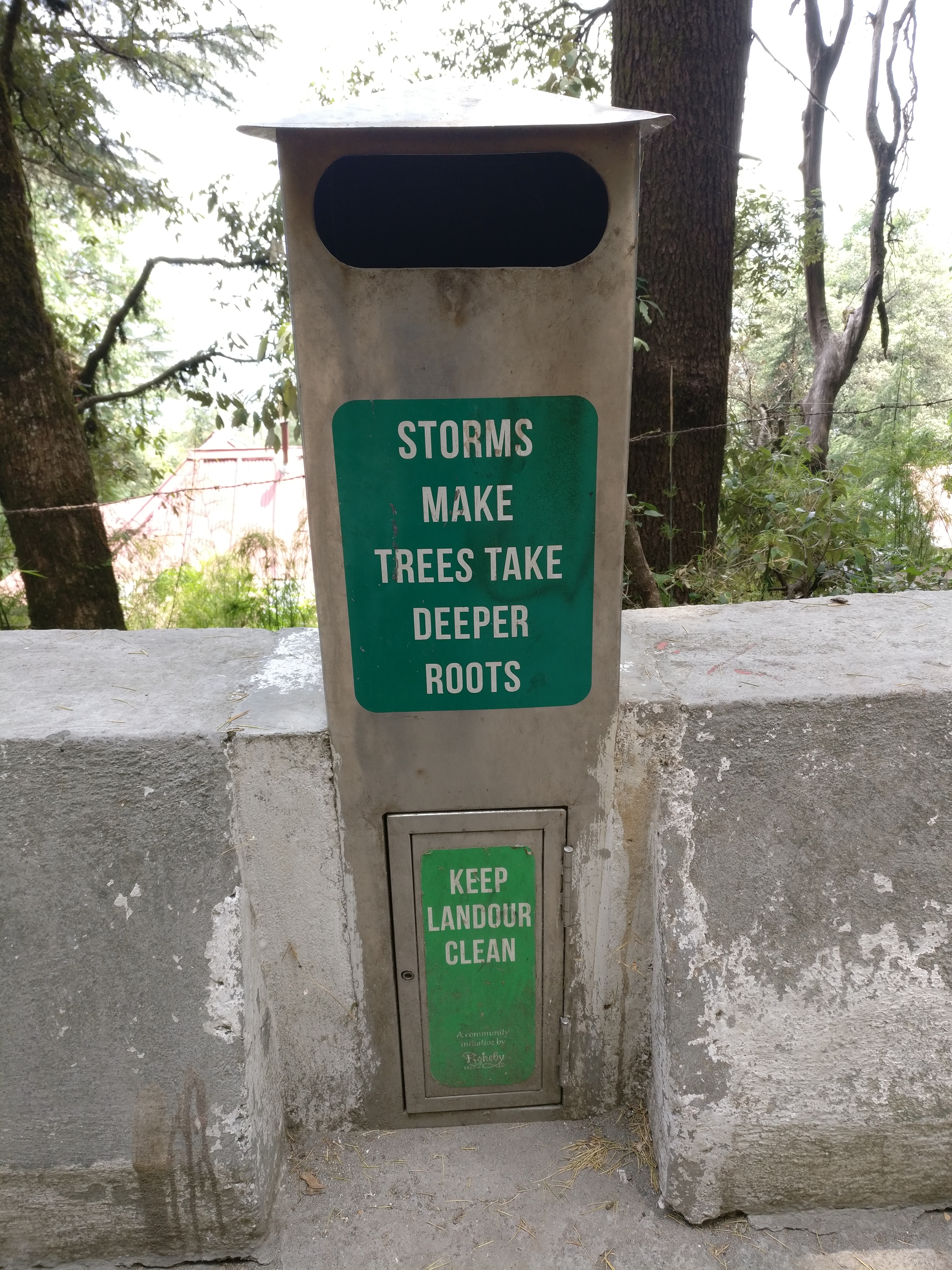
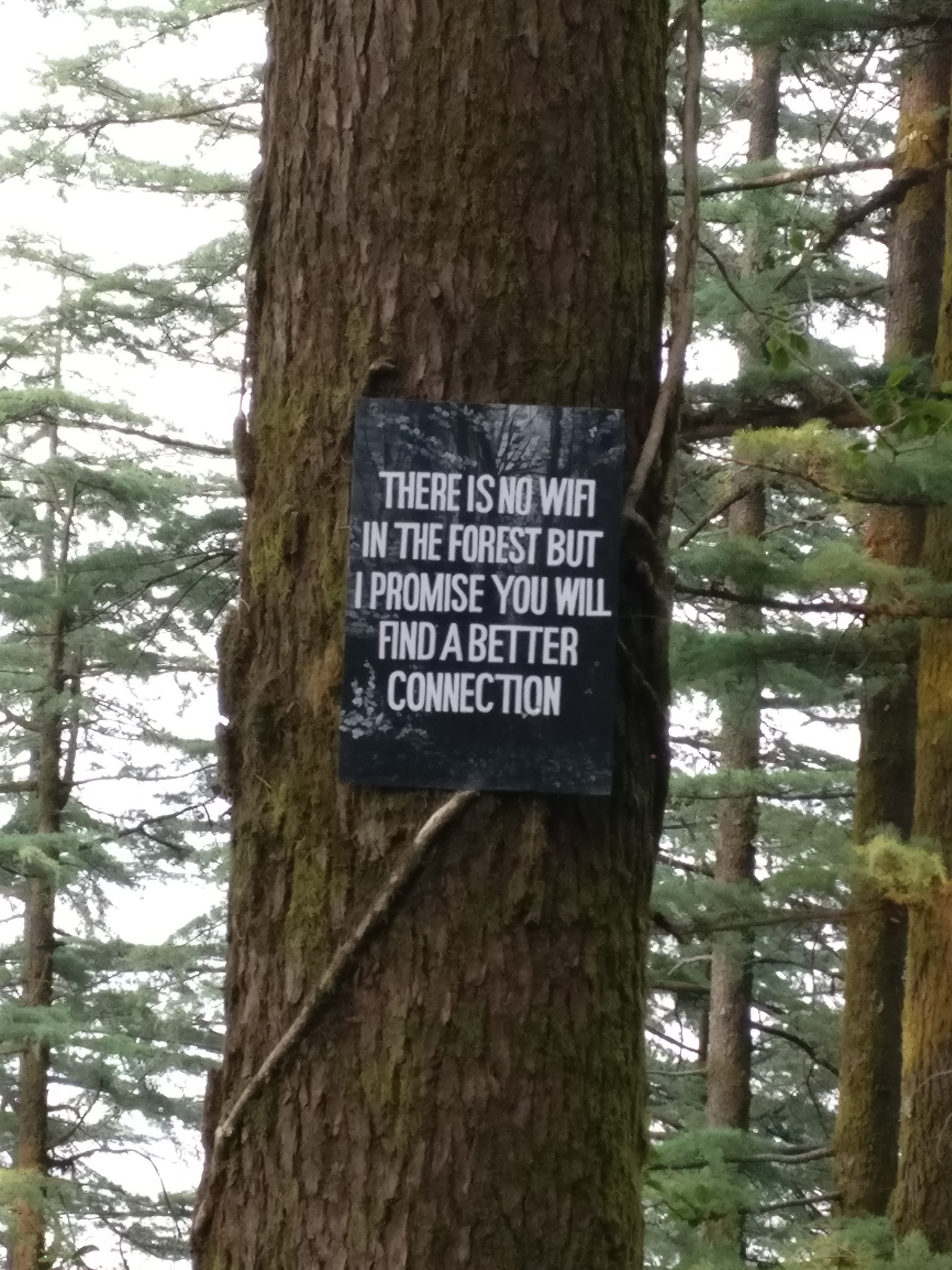
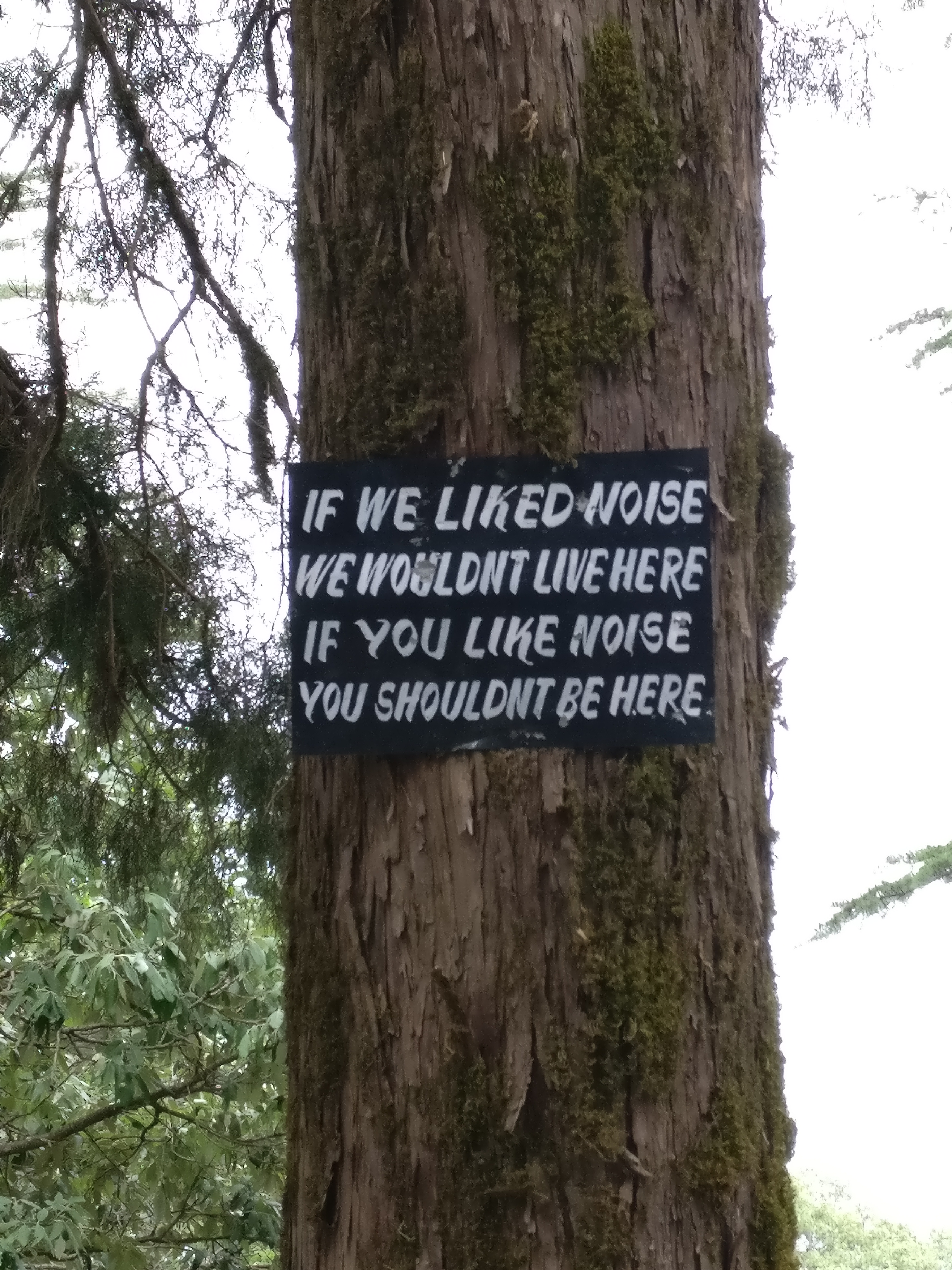

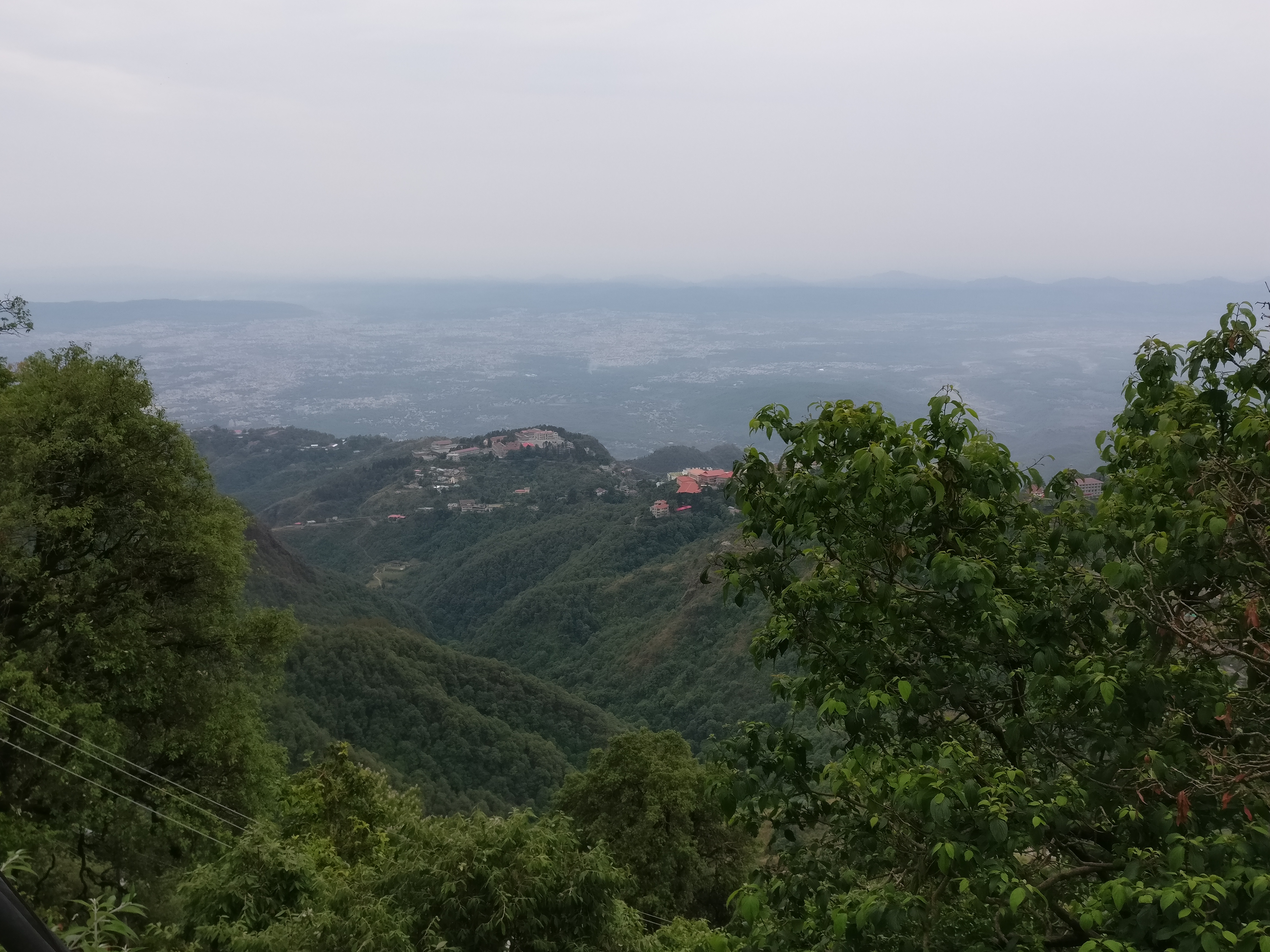
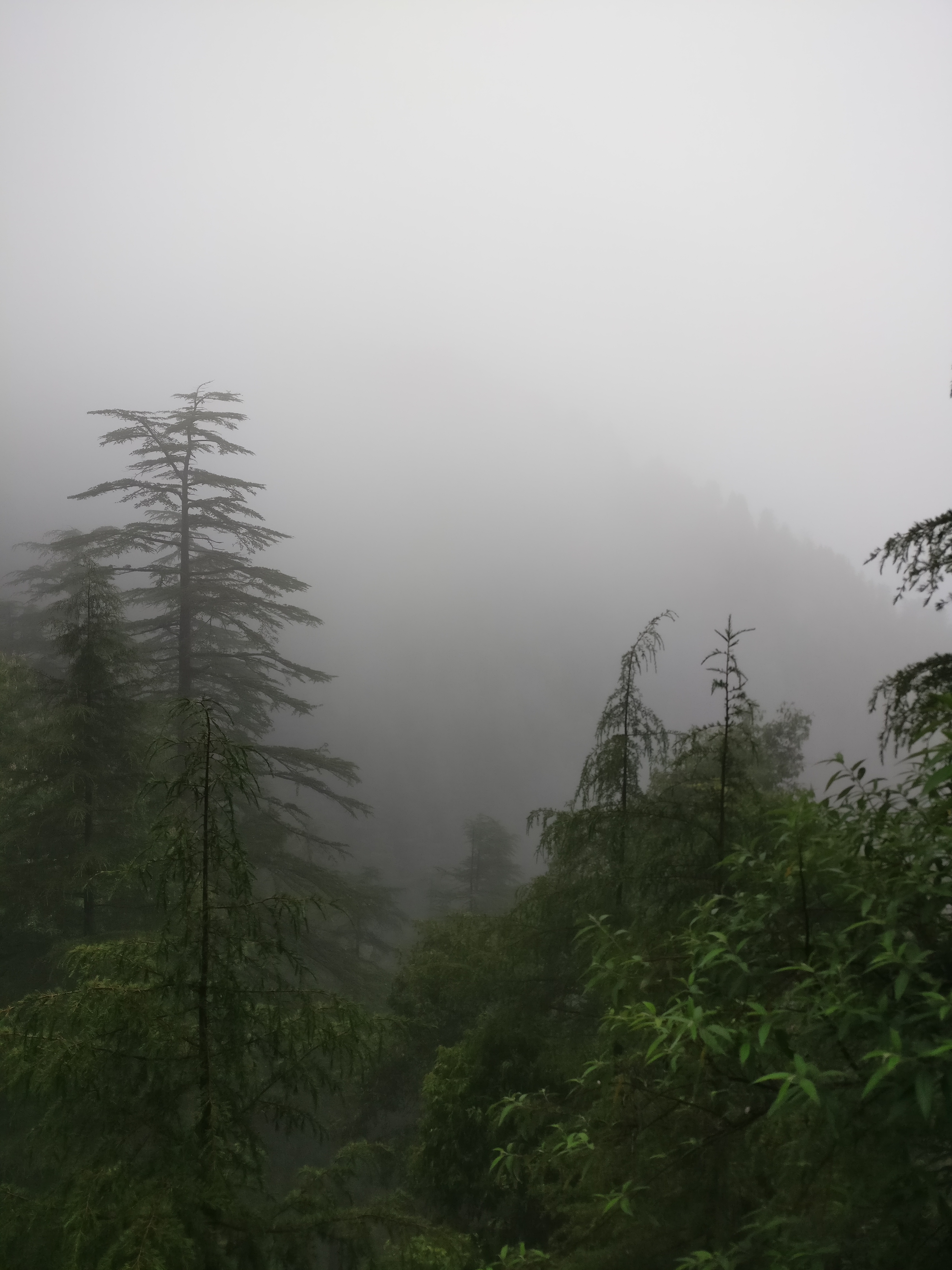
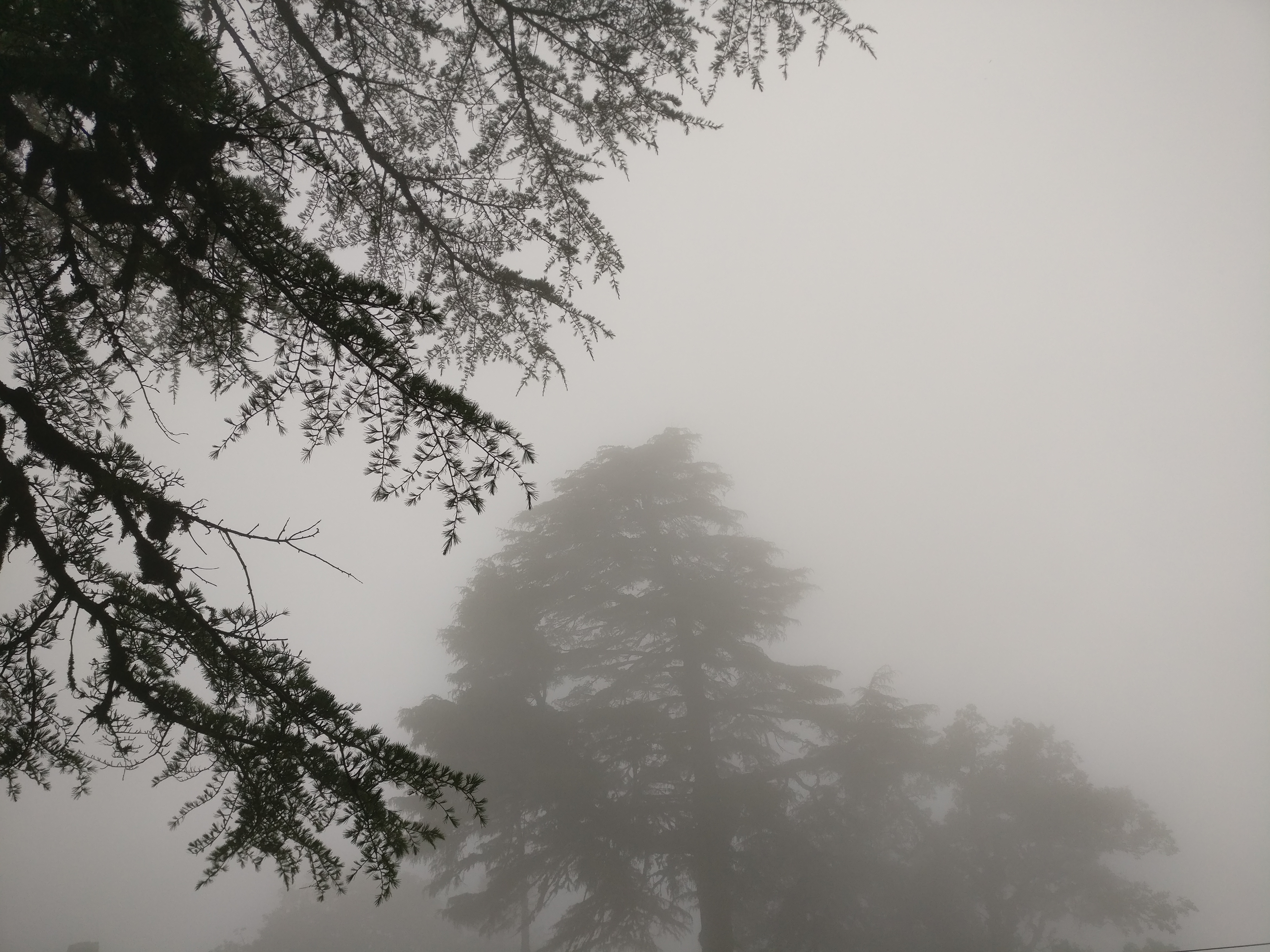
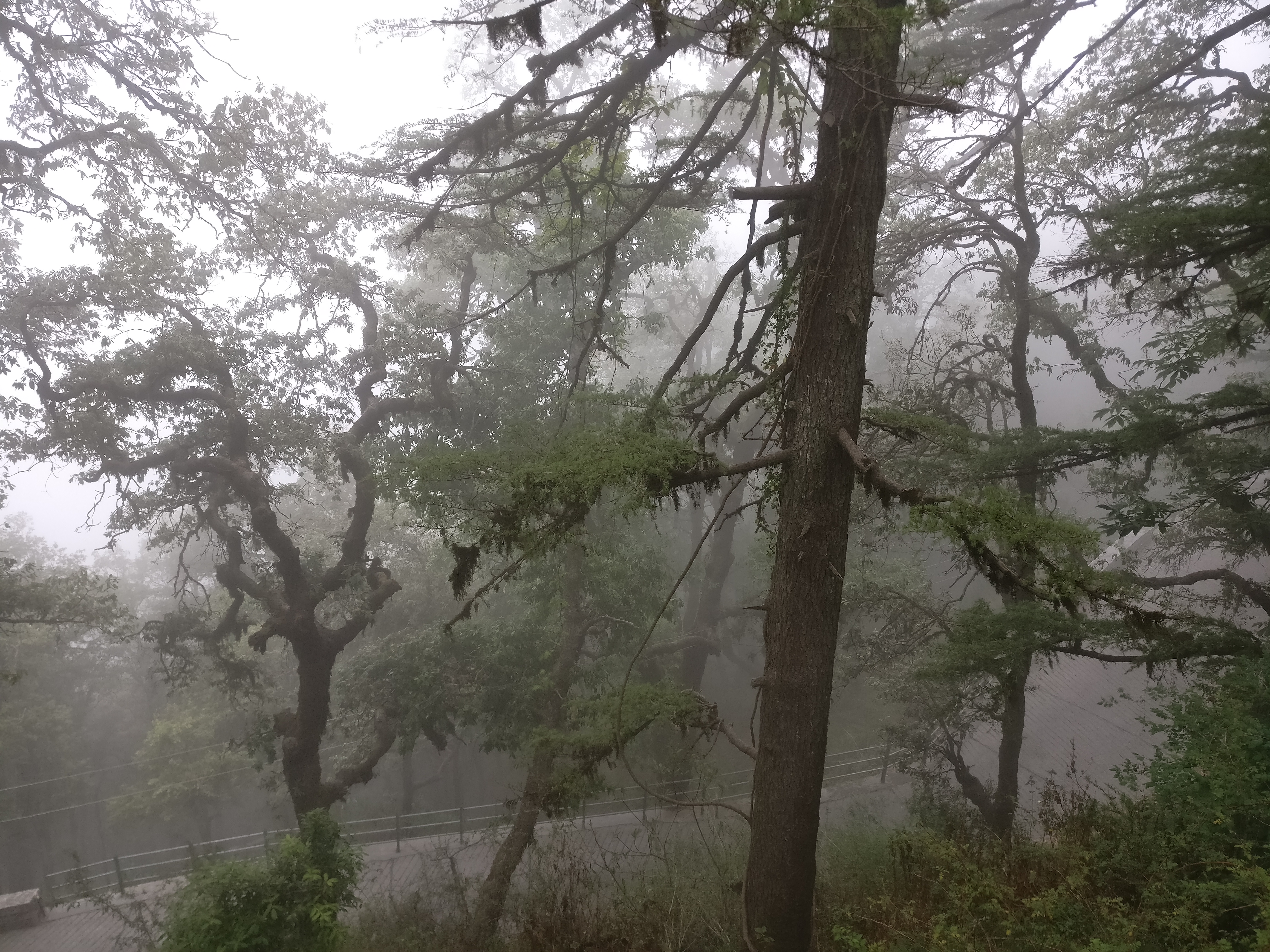
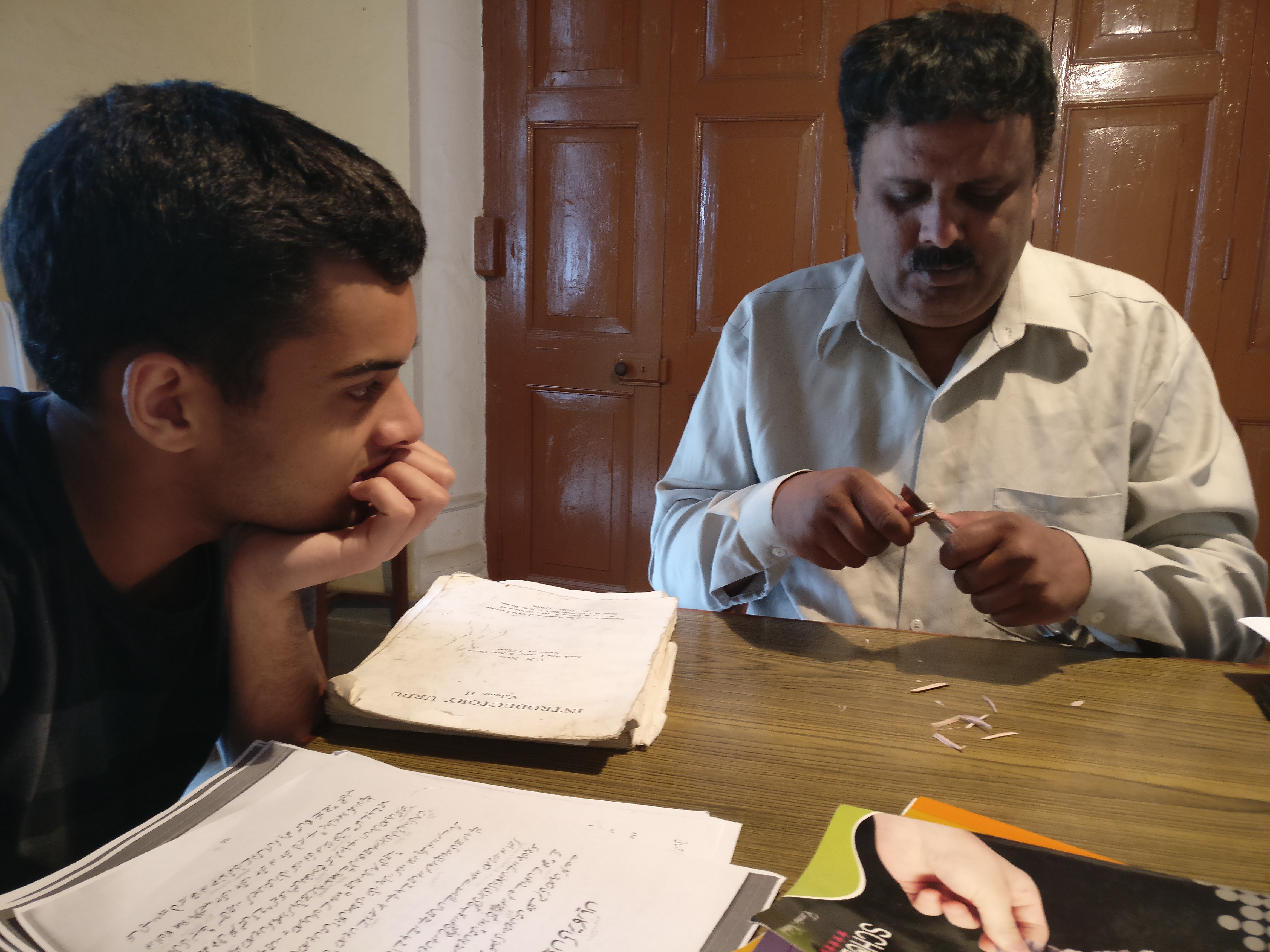
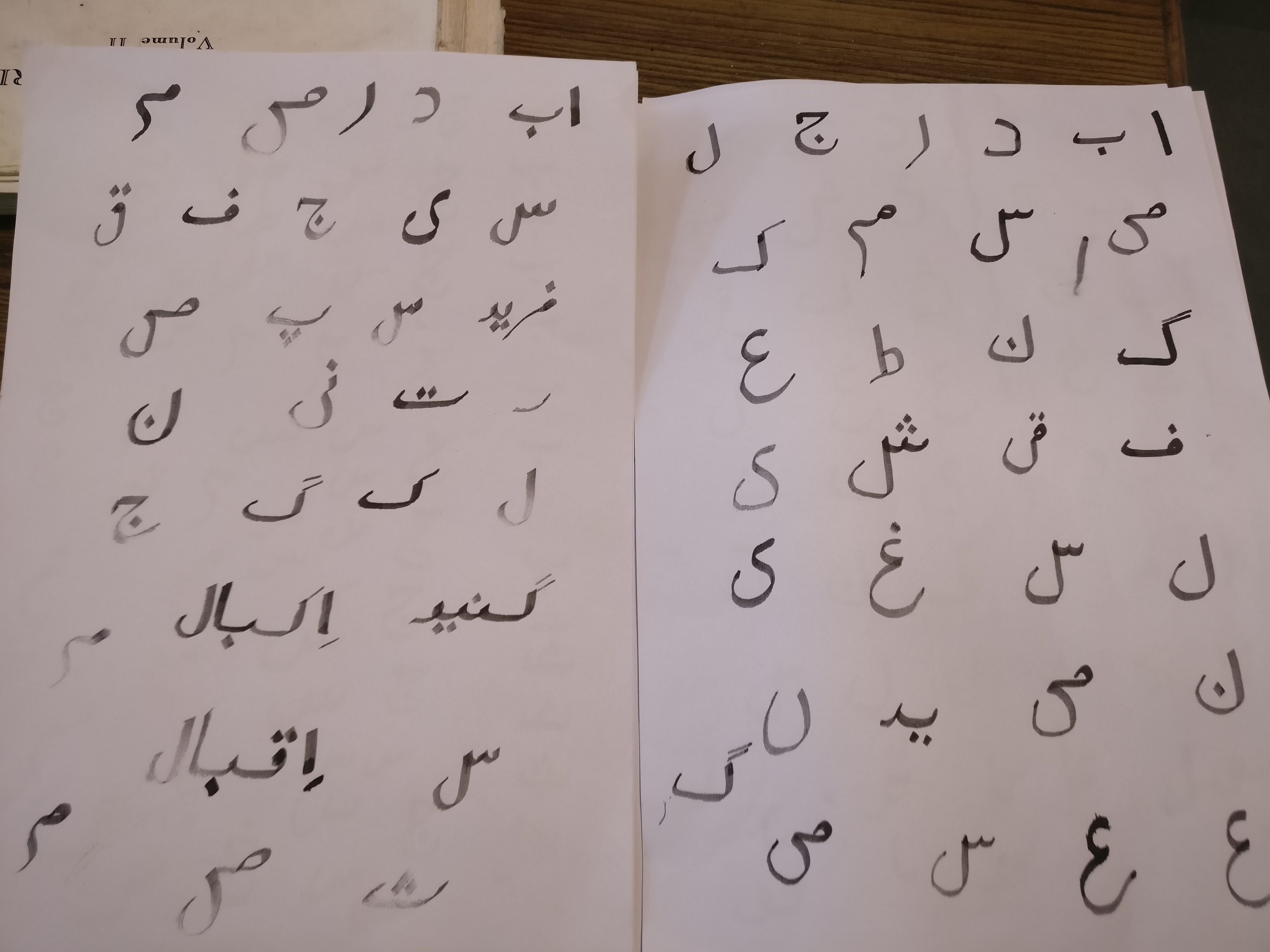

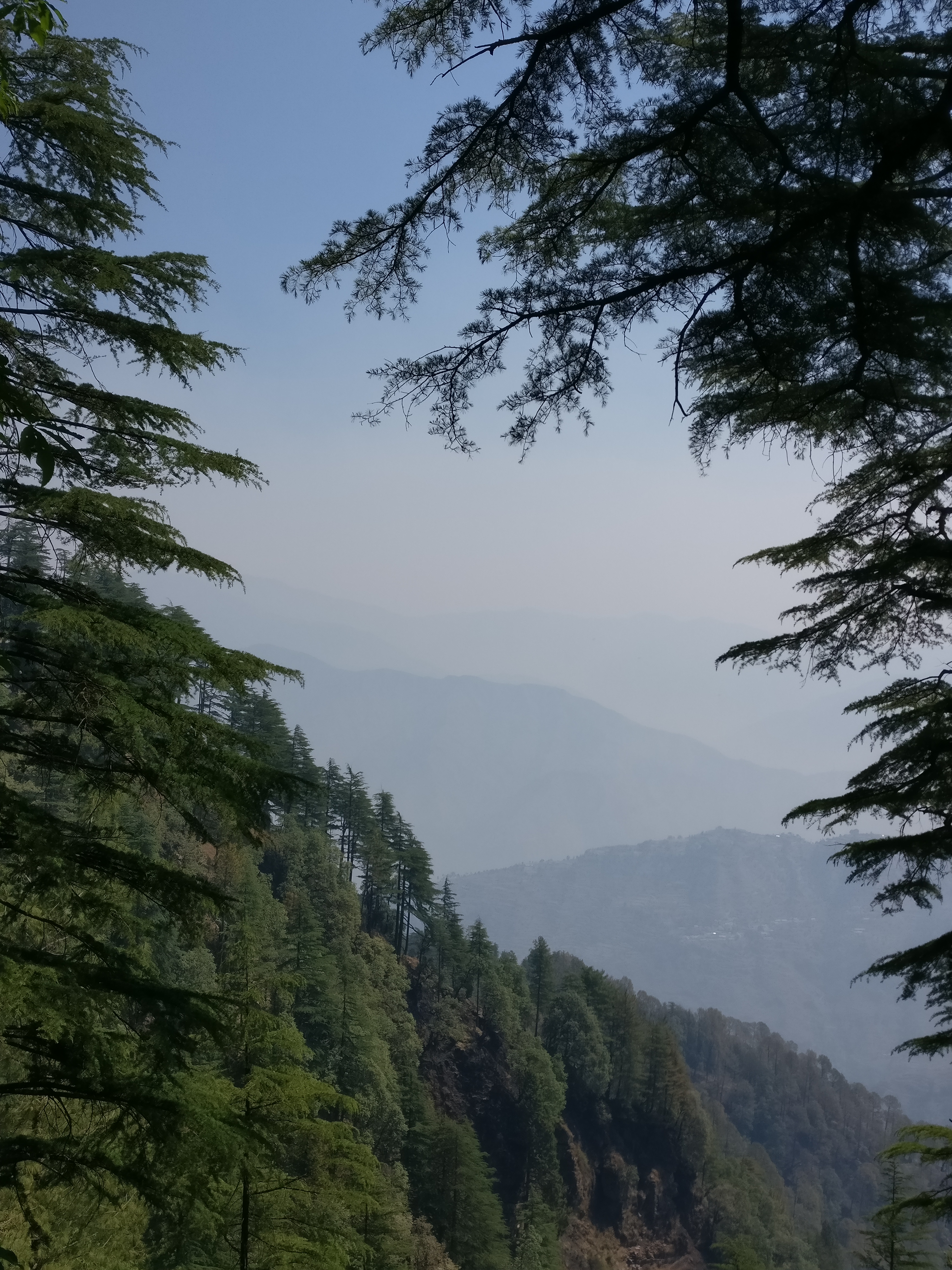

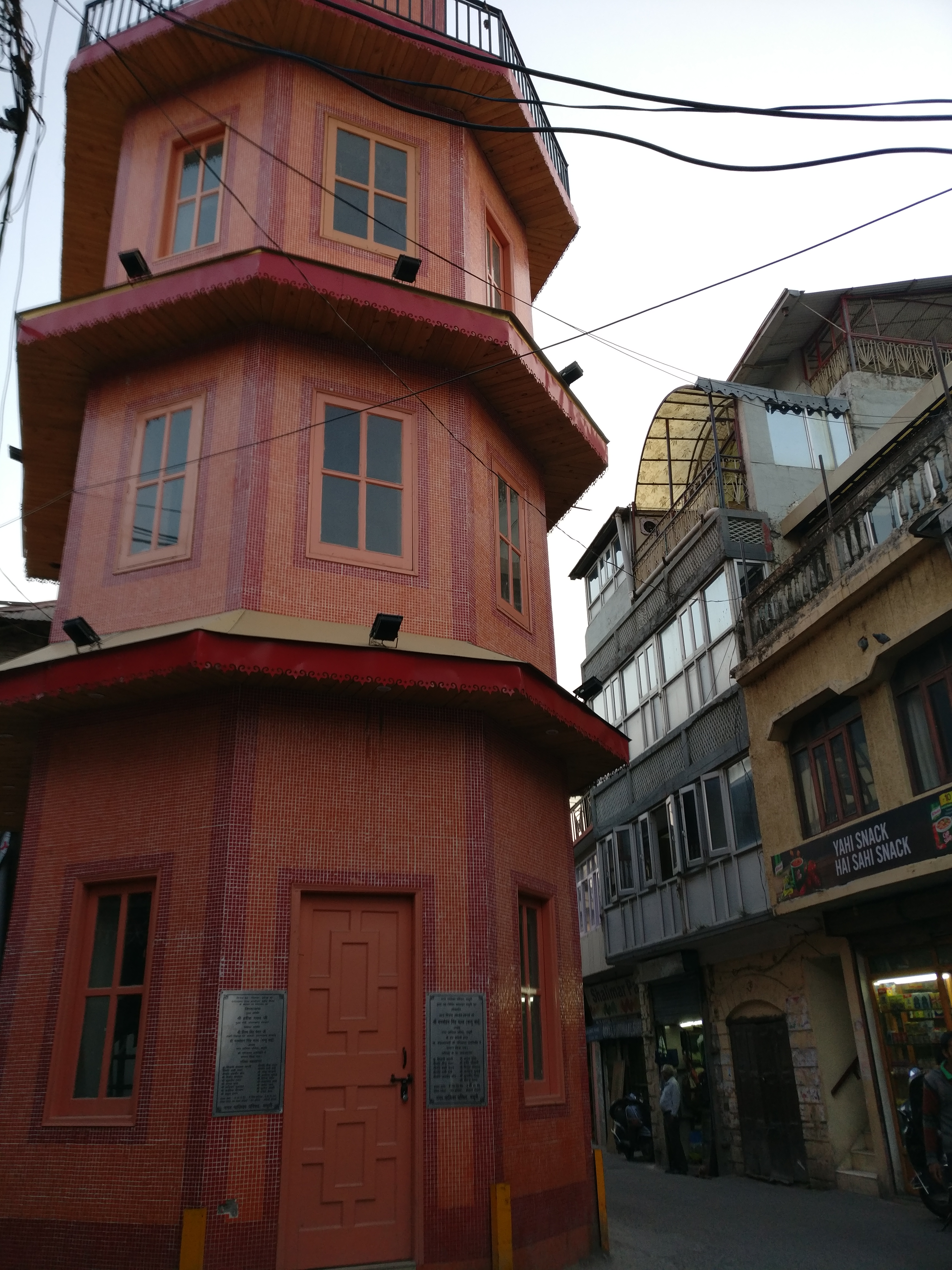
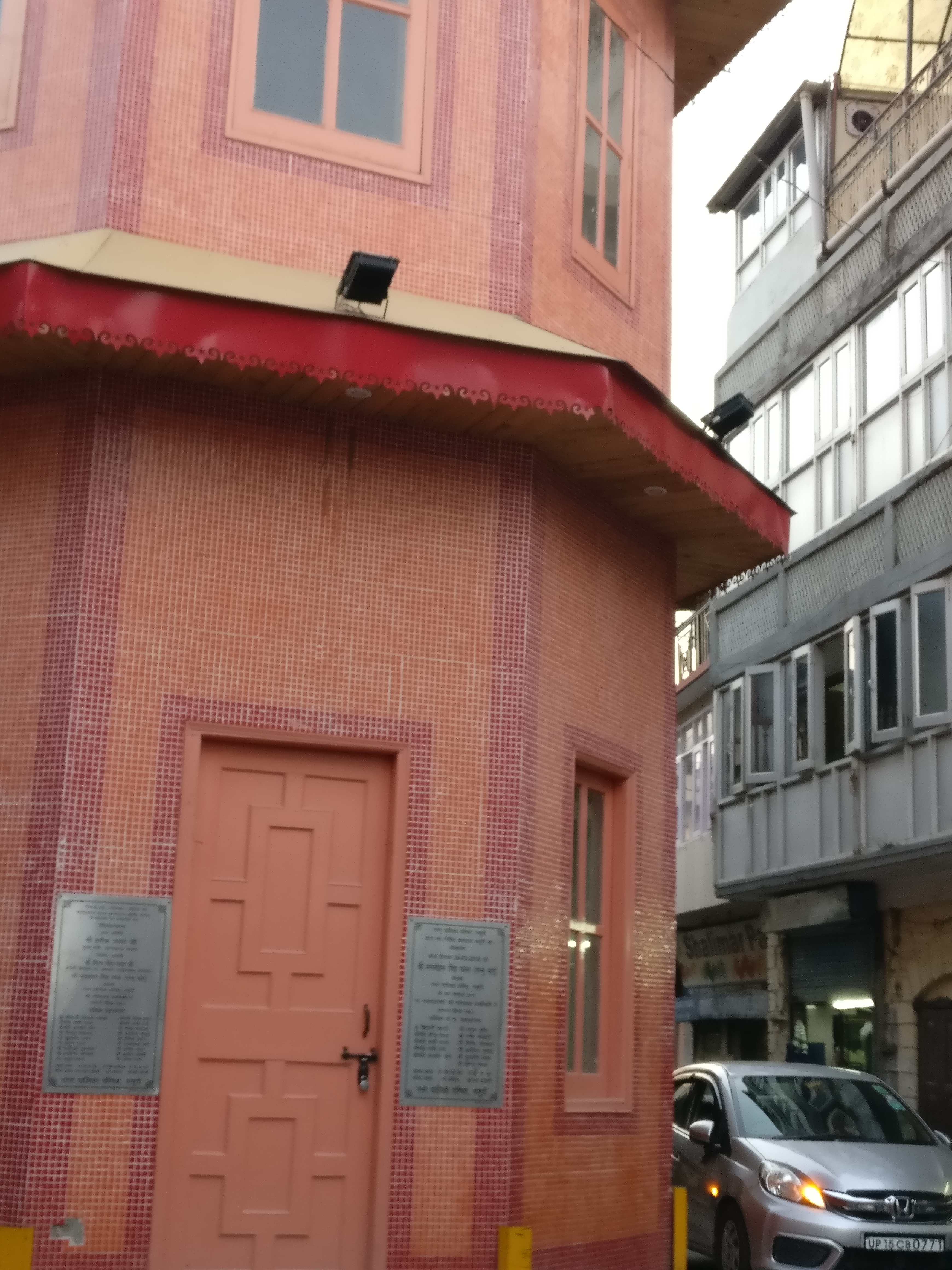
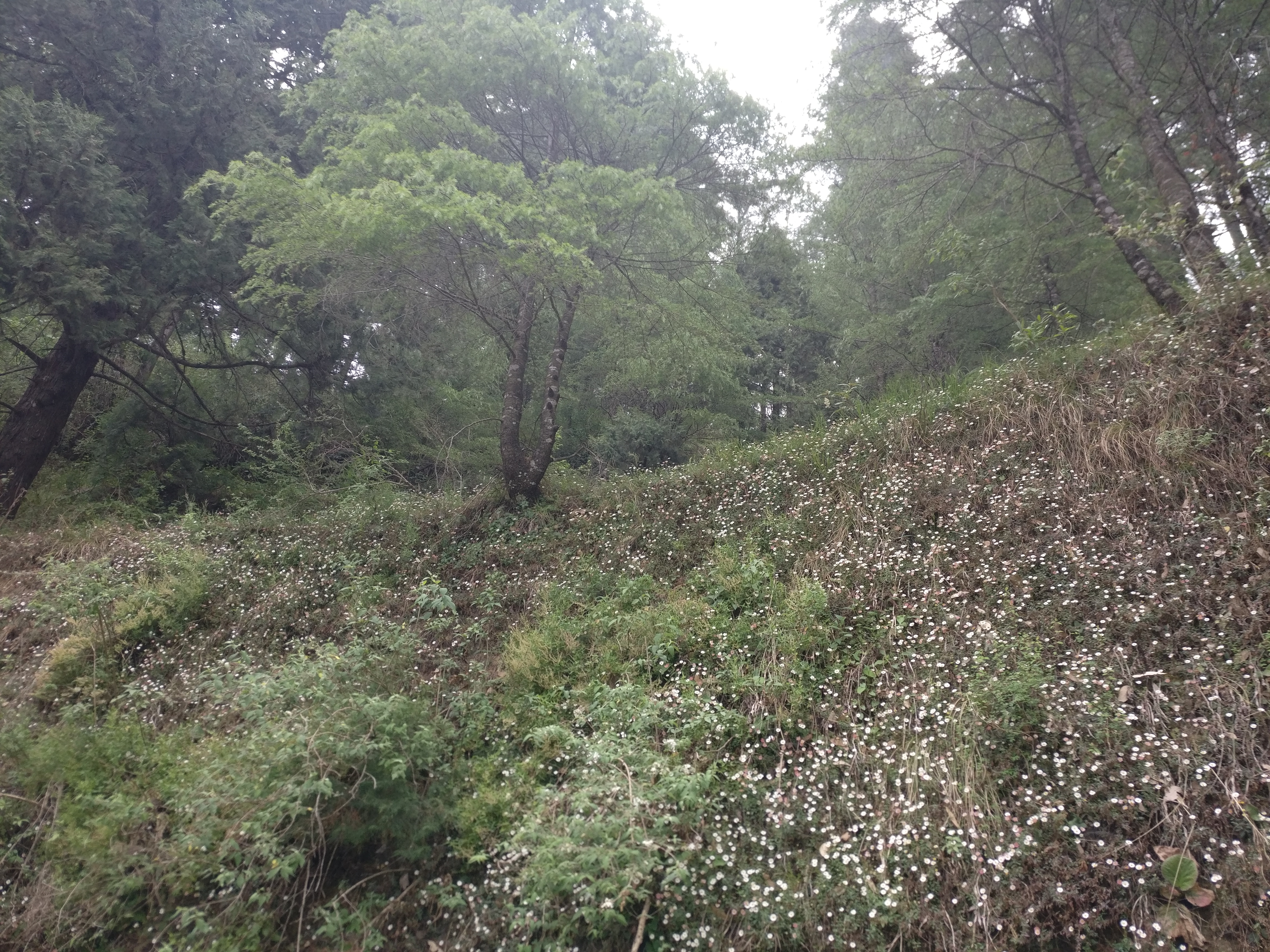

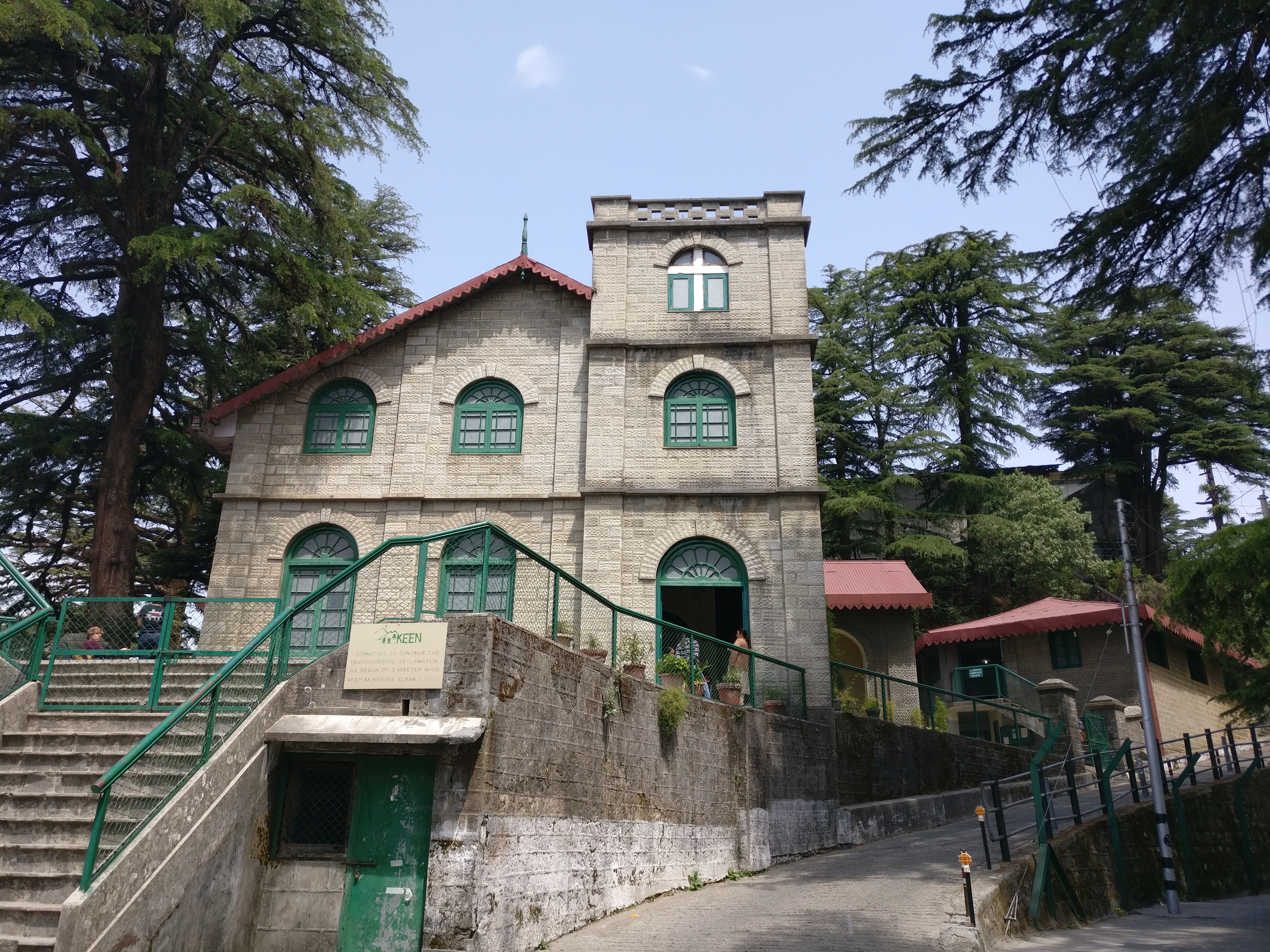




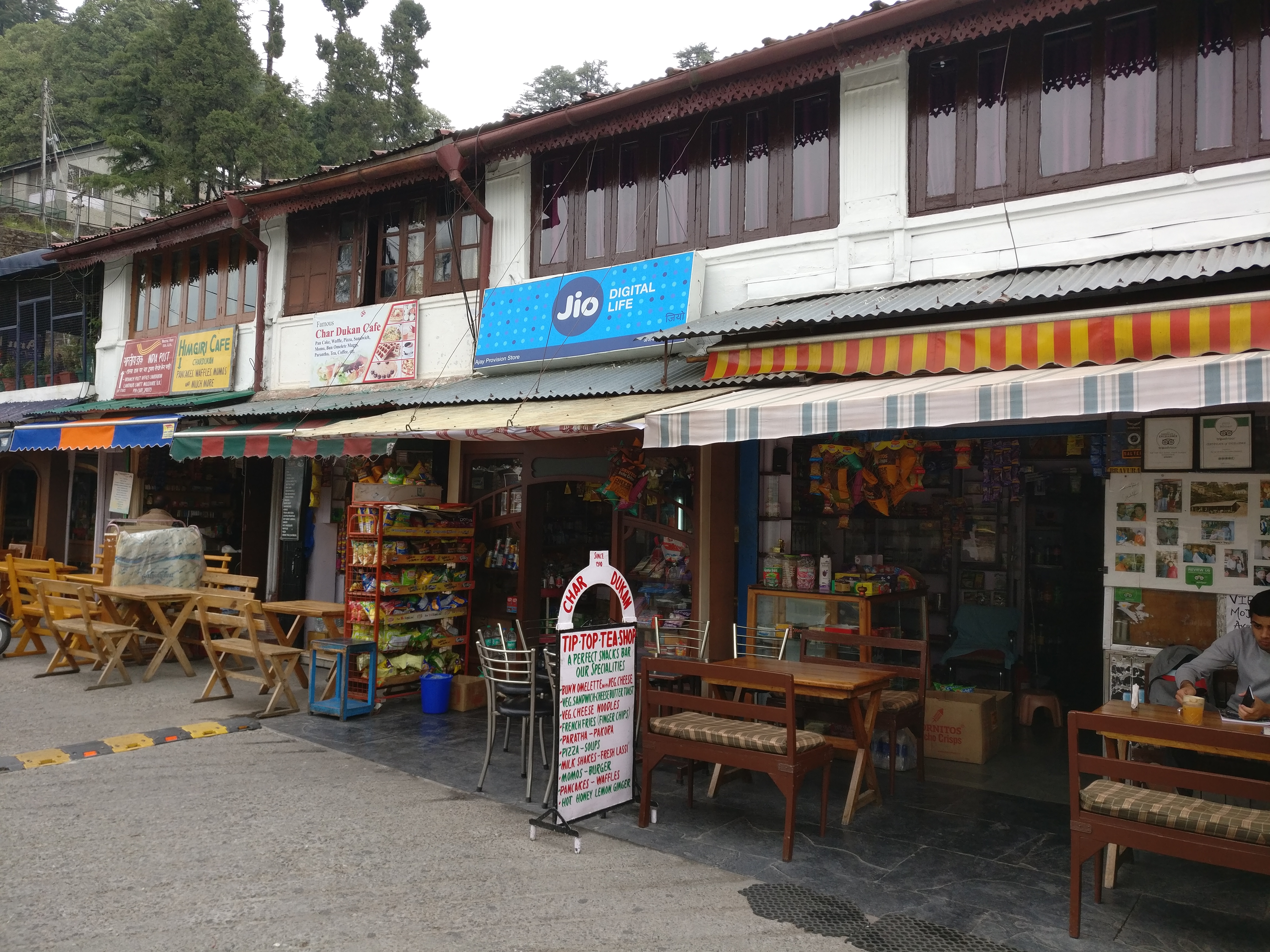

 (Somewhere in the background are the Dhauladhars which were earlier always so “present”……)
(Somewhere in the background are the Dhauladhars which were earlier always so “present”……)











 (Photo : Romana Campos)
(Photo : Romana Campos) (Photo : Ganeve)
(Photo : Ganeve) (Photo : Romana)
(Photo : Romana) (Photo : Romana)
(Photo : Romana) (Photo : Pradip)
(Photo : Pradip) (Photo : Romana)
(Photo : Romana)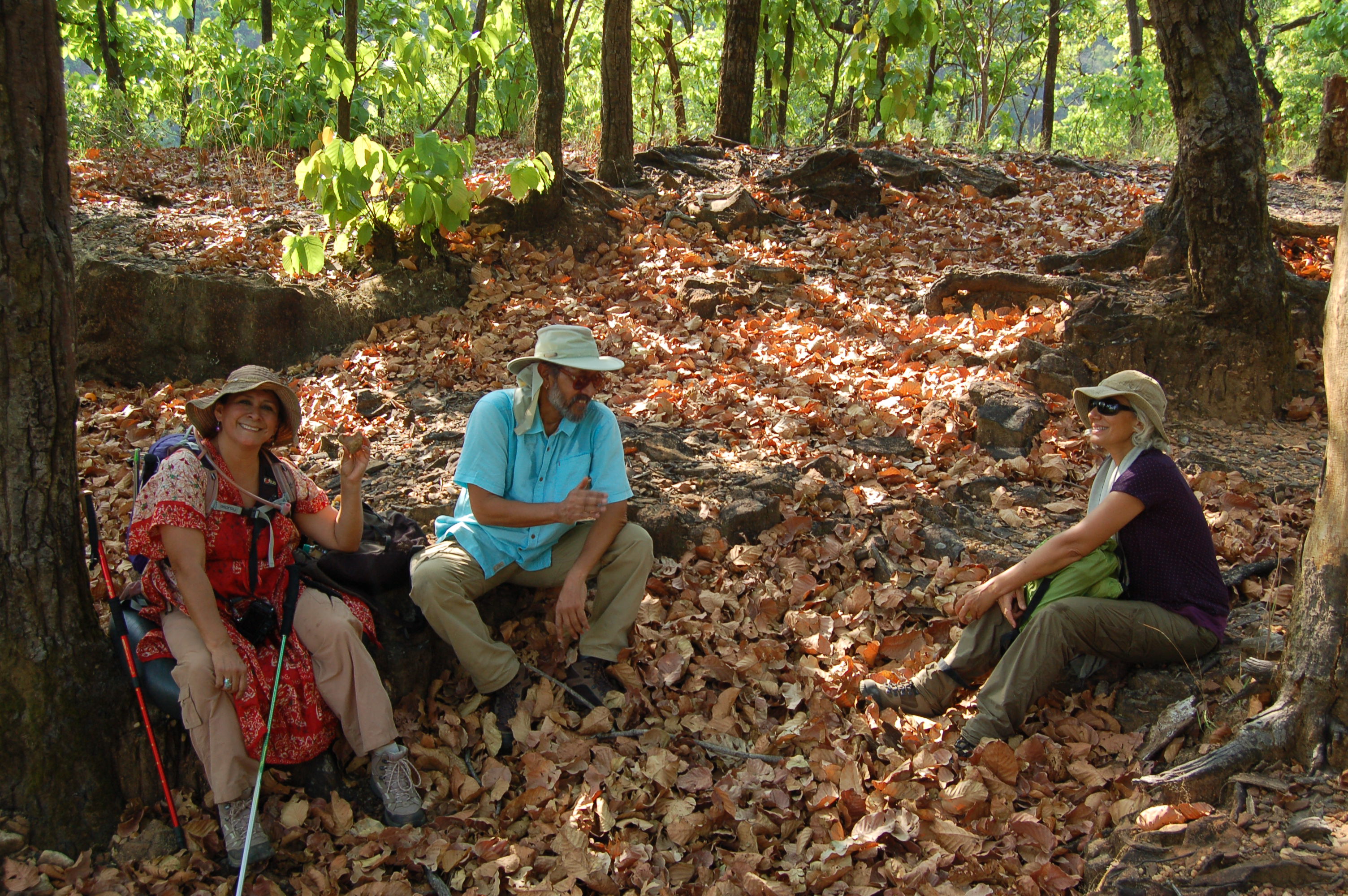 (Photo : Ganeve)
(Photo : Ganeve)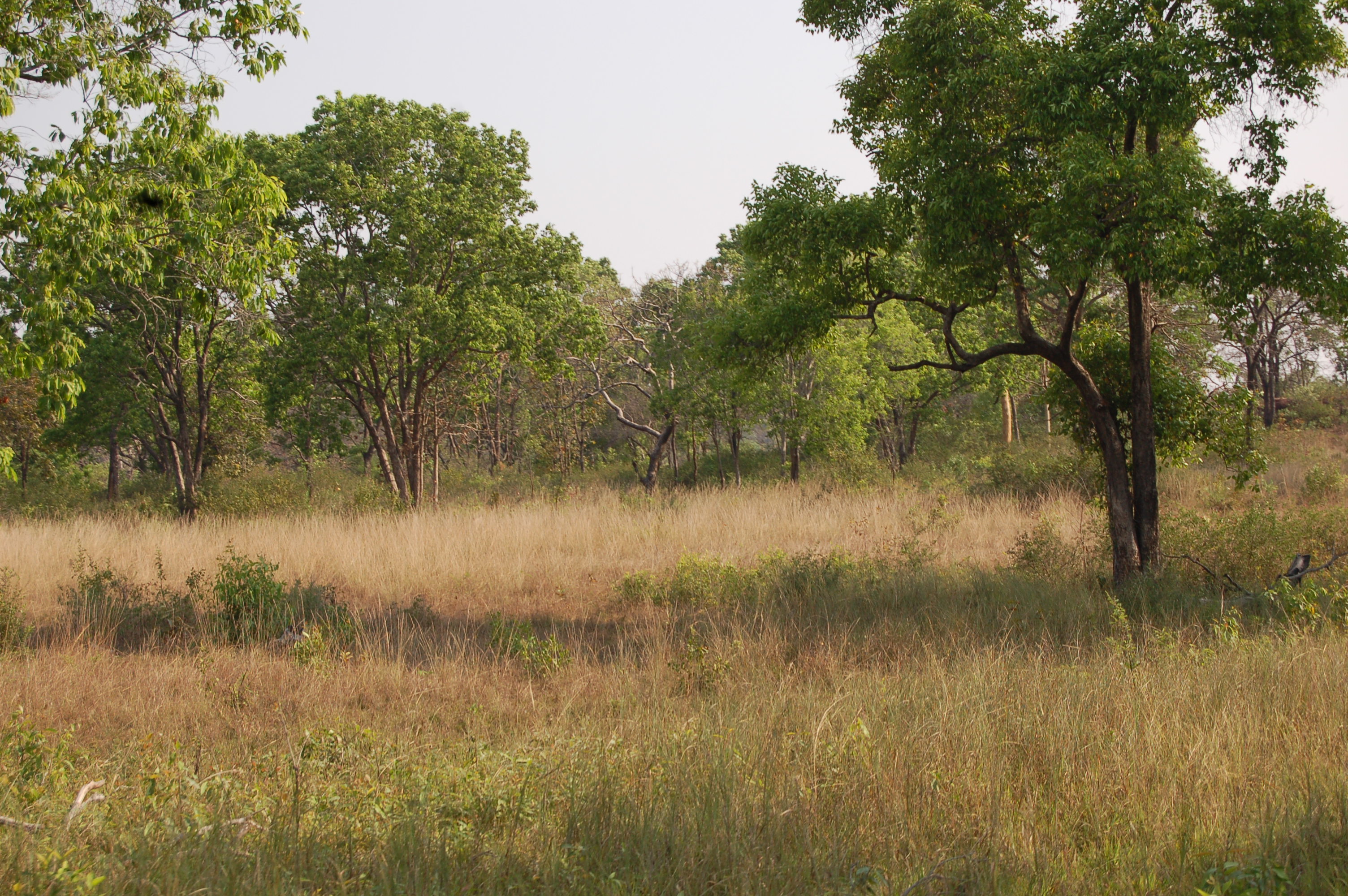 (Photo : Ganeve)
(Photo : Ganeve) (Photo : Pradip)
(Photo : Pradip) (Photo : Romana)
(Photo : Romana)
